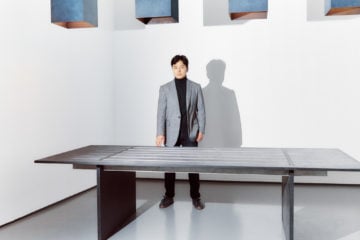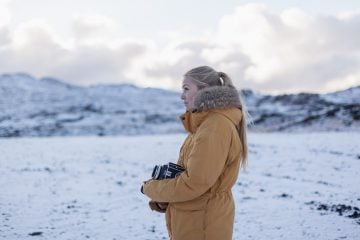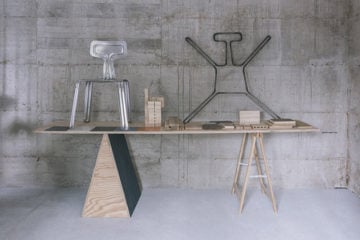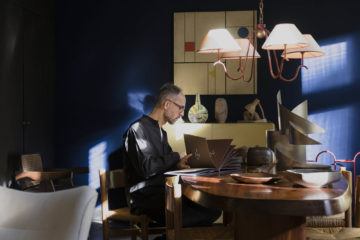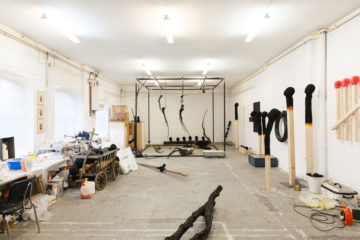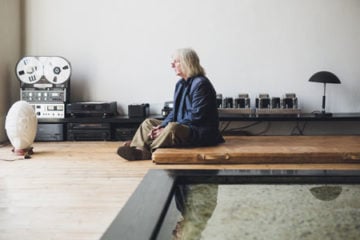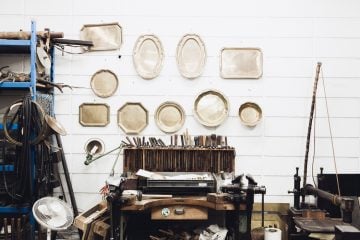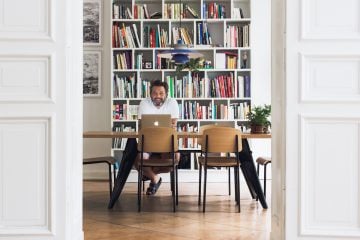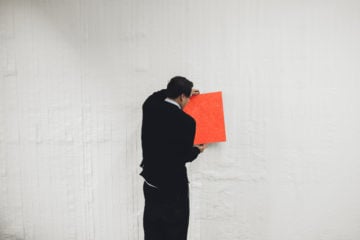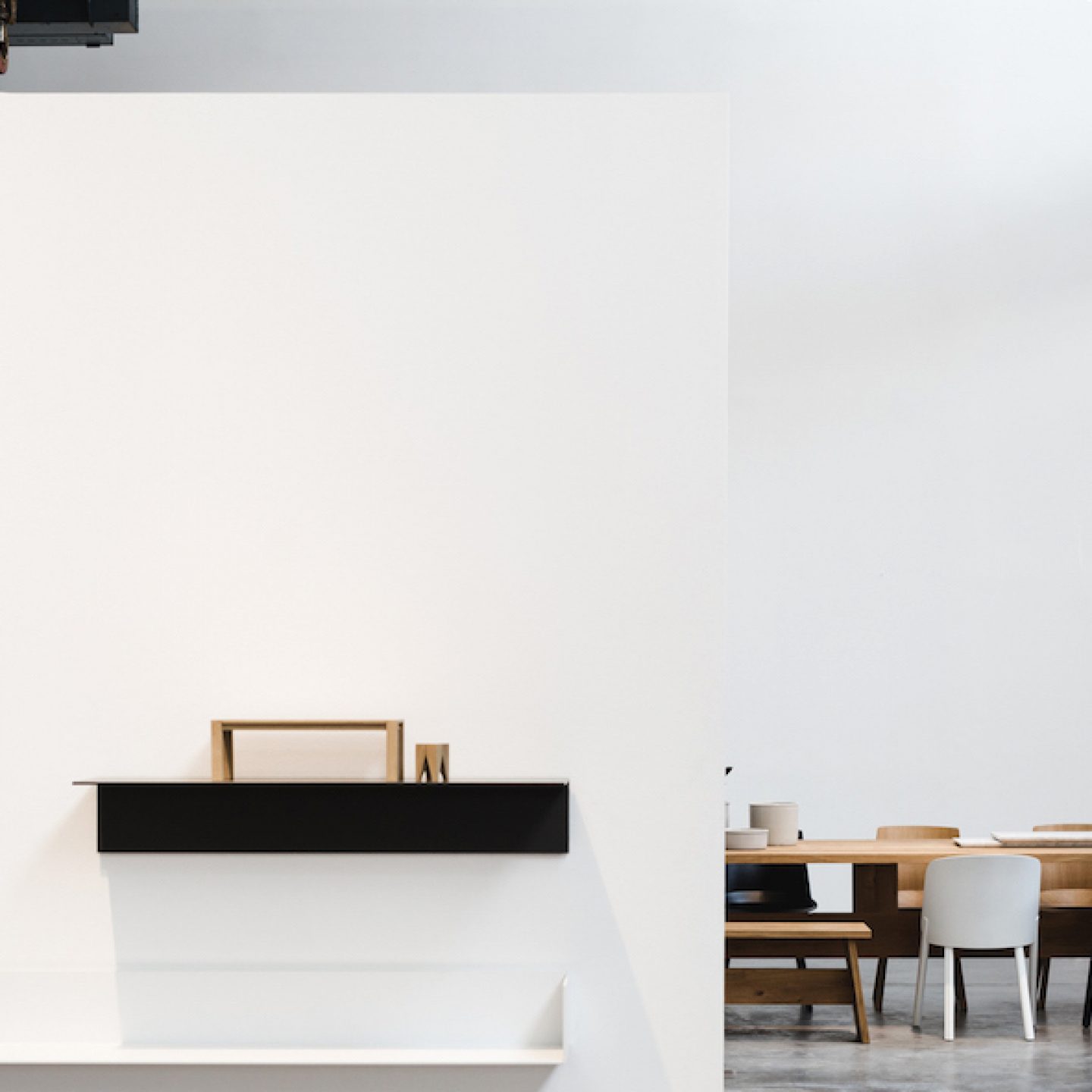
Behind The Scenes With The Founders Of e15
Founded by Philipp Mainzer and his former partner Florian Asche in London’s East End in 1995, e15 is one of Germany’s most important design brands nowadays, now run by Mainzer and his wife Farah Ebrahimi. e15 stands for timeless designs which are often created in cooperation with artists, architects or other designers. The output of Ebrahimi and Mainzer ranges from a product family with British architect David Chipperfield to a limited edition of their classic table Bigfoot with Canadian artist Geoff McFetridge or re-editions of architect and designer Ferdinand Kramer’s works.
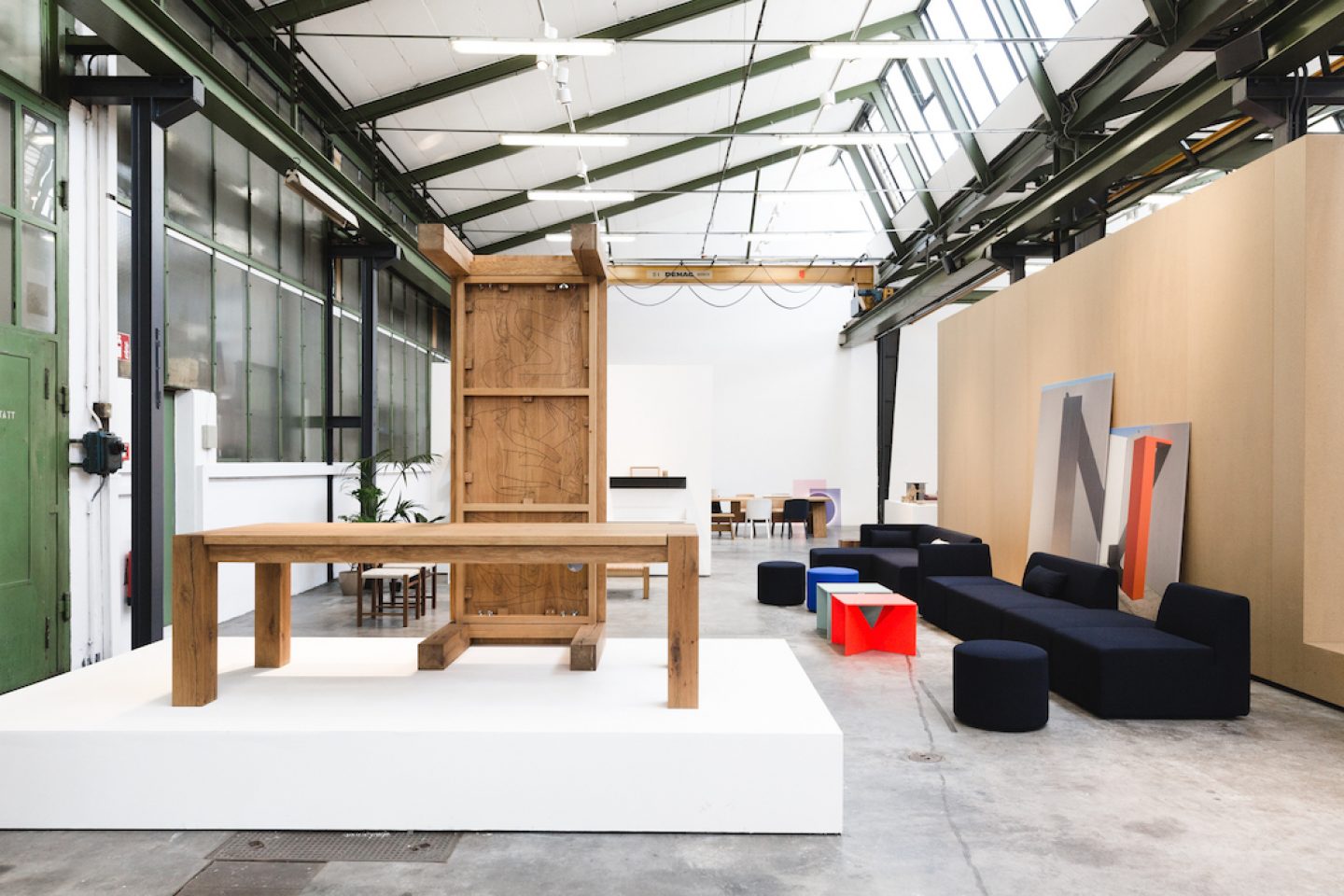
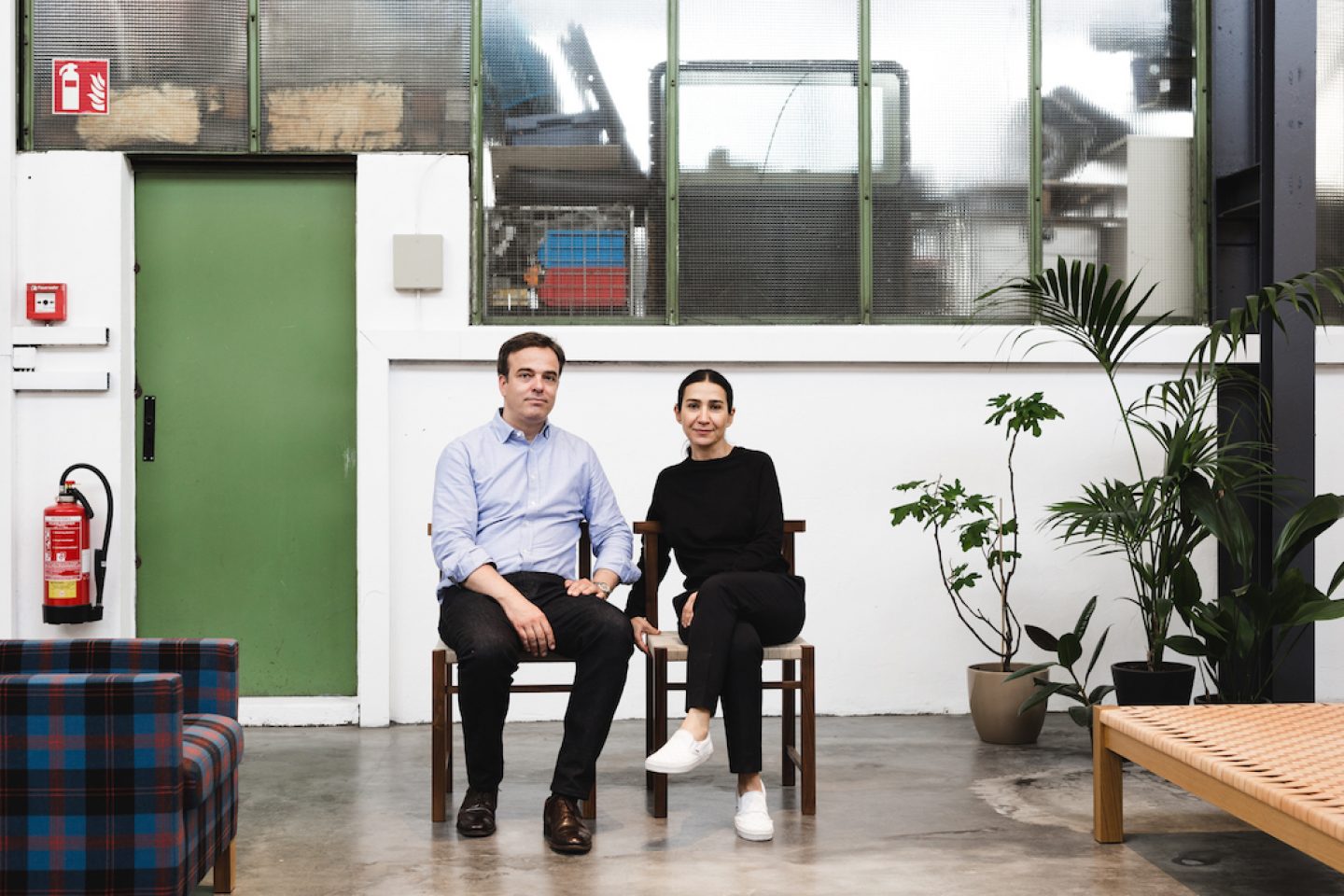
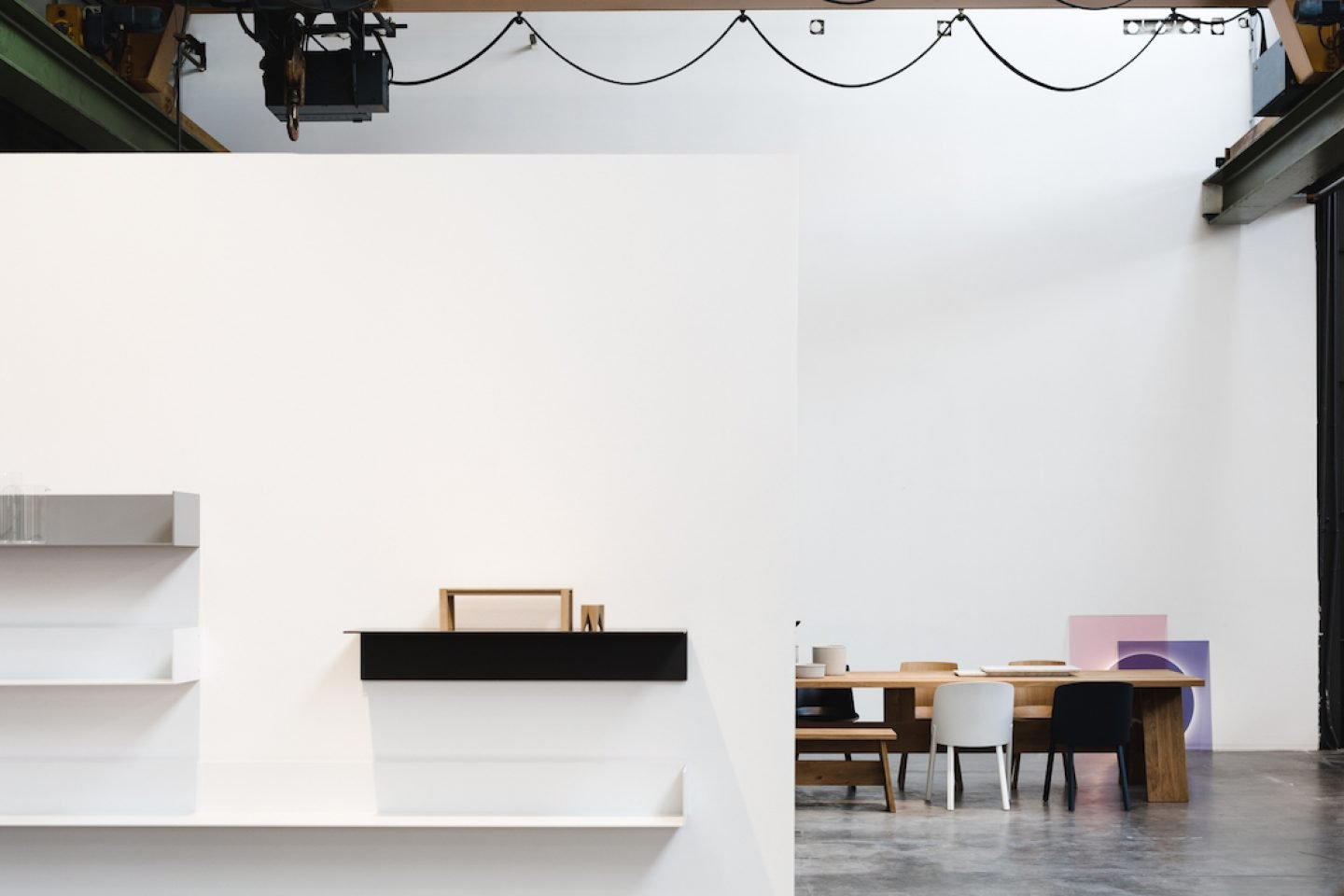
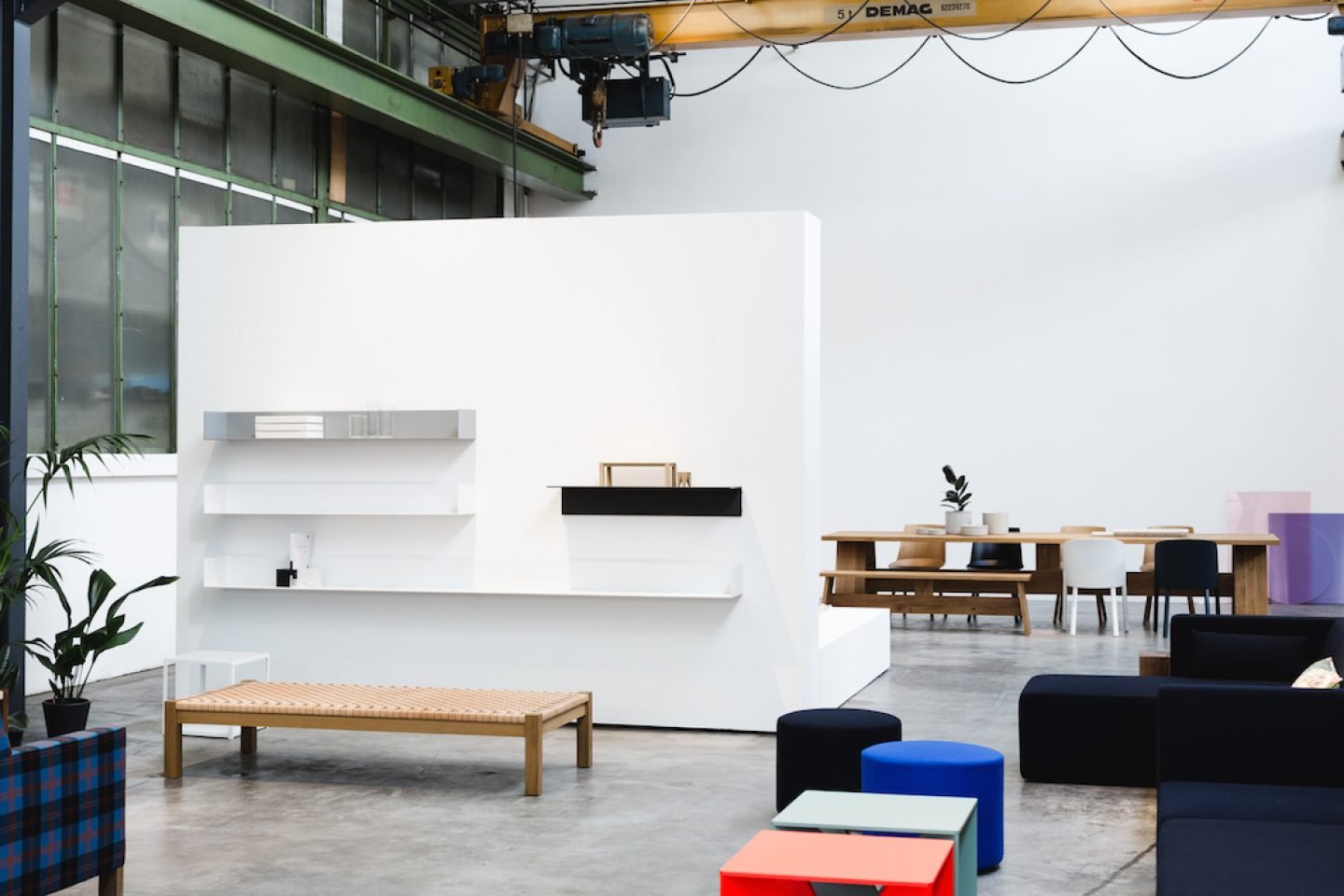
Farah, Philipp, what is the last economically irresponsible thing that you’ve done?
PM: Probably everything! [laughs]
In order to push e15, you sometimes do things that are only a little reasonable in economic terms…
PM: That’s true, we don’t have this typical economic approach with e15. Each thing adds to the other. Obviously, we need to feed our team and ourselves with what we do. But there are some products in our collection that we might only sell once per year. We keep them as they’re very important for our collection.
“When we make mistakes, we learn from them, some might be painful, but that’s ok. We are our own drivers, nobody tells us what to do.”FE: Our philosophy is also a little experimental. We have done artistic, funny things, that are completely crazy. For instance, the photographer Mark Borthwick did some plywood furniture that we showed in a gallery in Cologne. We did a very elaborate table design with the French fashion and record label Kitsuné and a table with hand screen printed dots with the fashion designer Bernhard Willhelm. It is good to be brave! Philipp and me, we often look at each other thinking: Yes, we have chosen the hard way! We have an incredible team, that is a big part of it. When we make mistakes, we learn from them, some might be painful, but that’s ok. We are our own drivers, nobody tells us what to do.
And what does the e15 driving style look like?
FE: A good work relationship needs chemistry. We just pick up the phone. Our conversations are open and collaborations often based on friendships.
Among the first products you developed were a stool and a table: BACKENZAHN™ and BIGFOOT™ their names—both have become modern classics since their first launch in the mid-90s. Apparently people should have laughed at you when they first saw them. Why is that?
PM: We made the first pieces ourselves in combination with a little catalogue and then approached manufacturers. Nobody wanted them. So we decided to go to the fair IMM in Cologne in 1997, and we had several BIGFOOT™ tables standing on top of each other. People were not used to this, seeing solid wood with cracks, many didn’t get it. The construction of the table is also not common, it is not a traditional craftsman connection. So people were laughing. But no one passed our stand without touching the products.
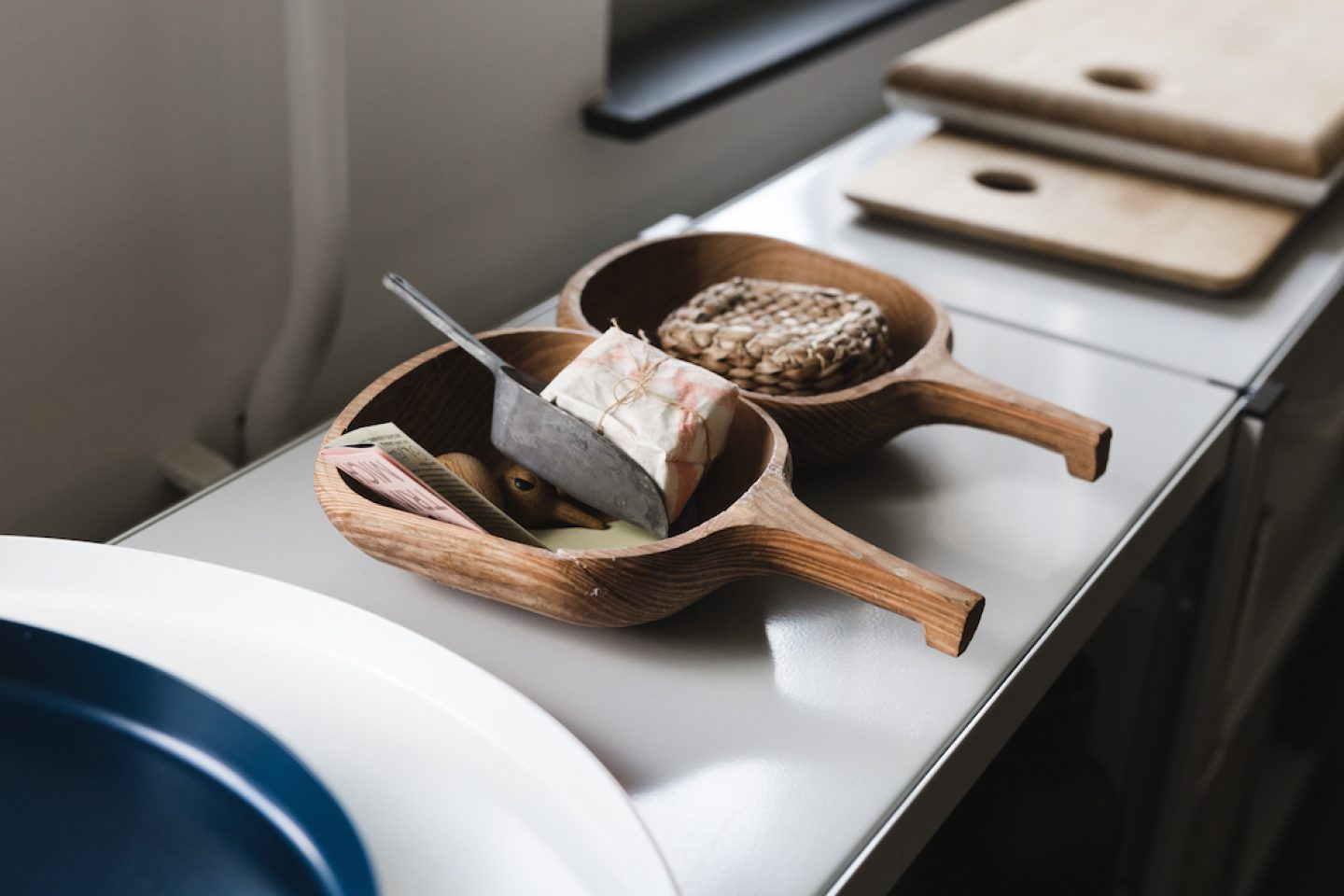
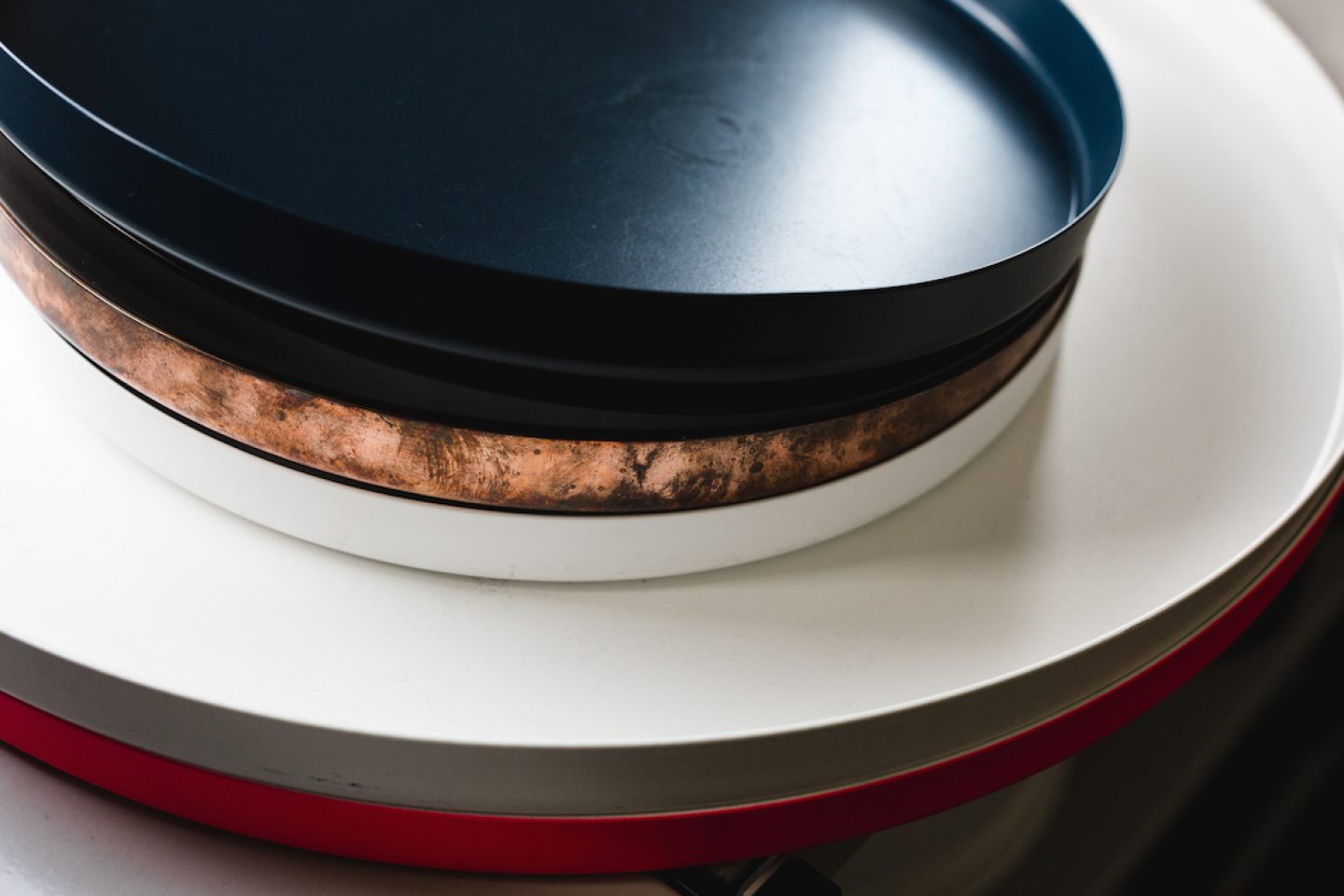
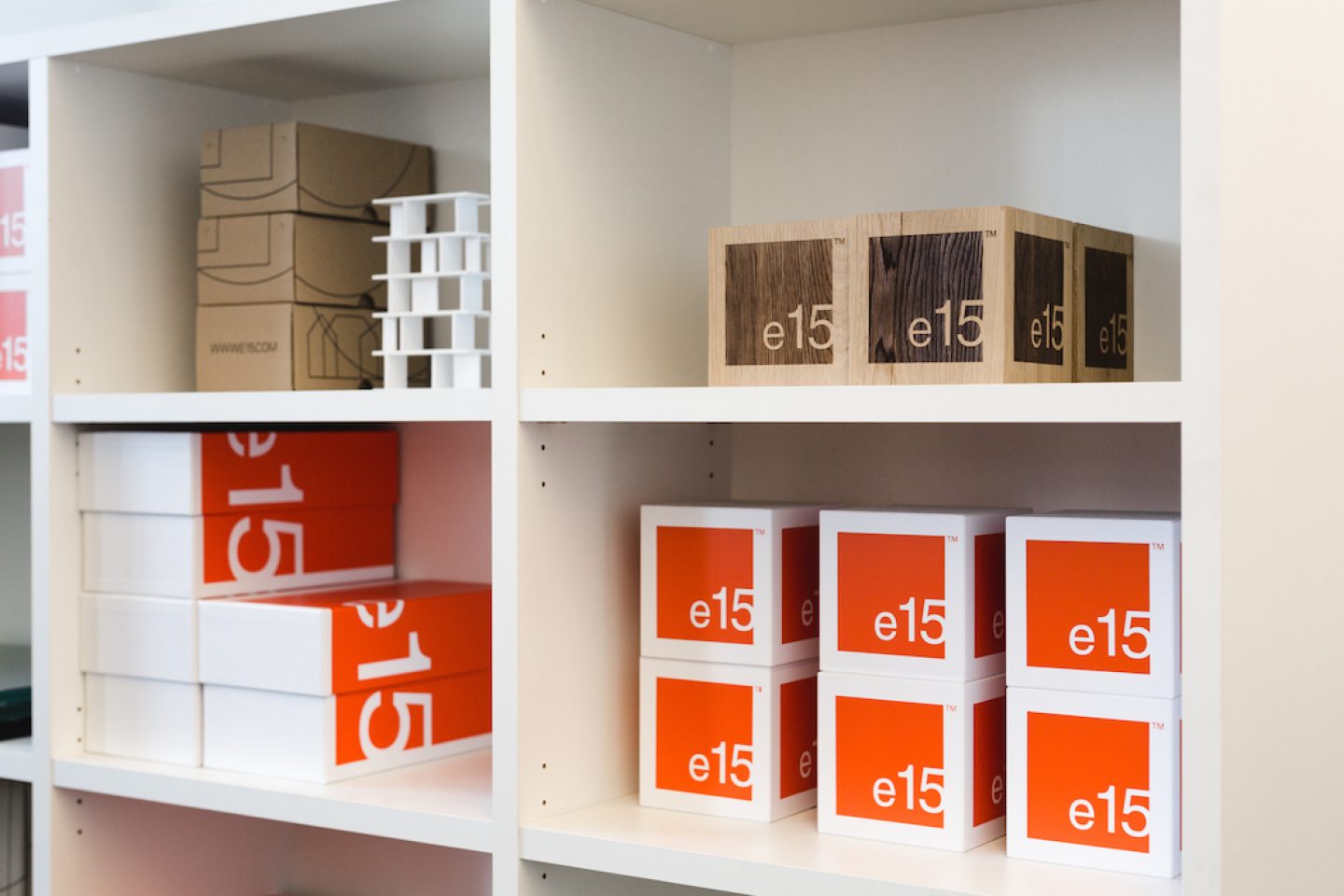
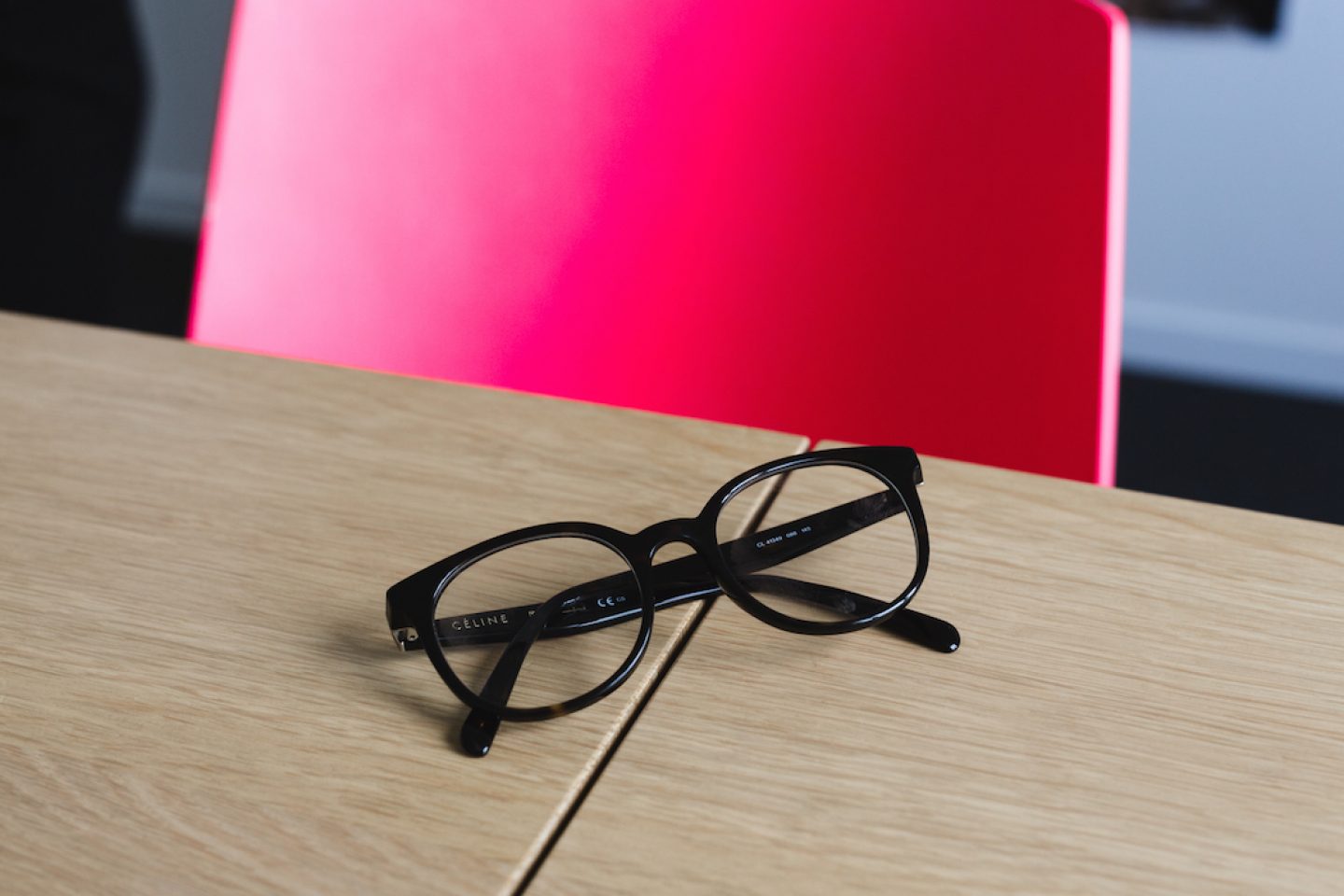
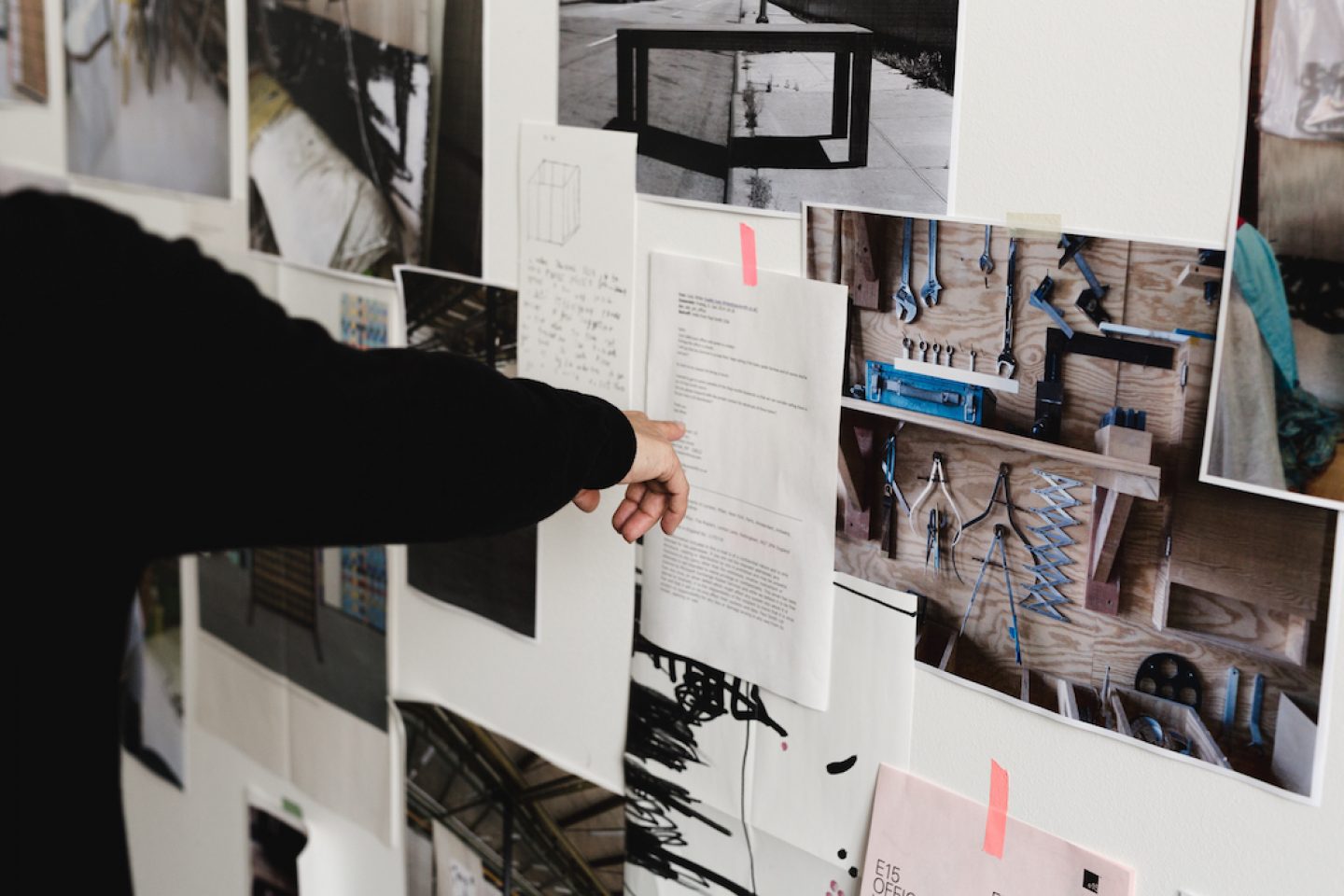
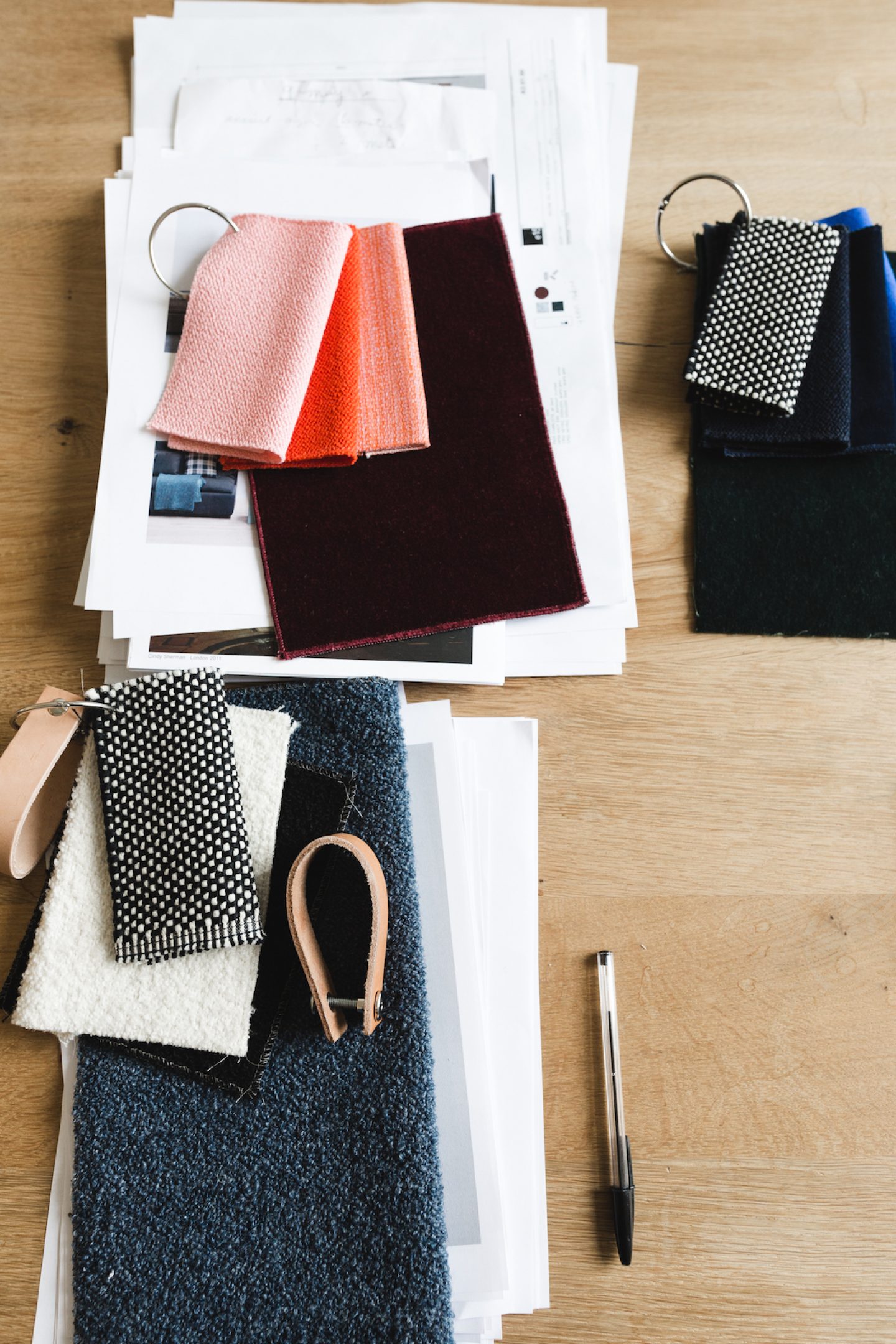
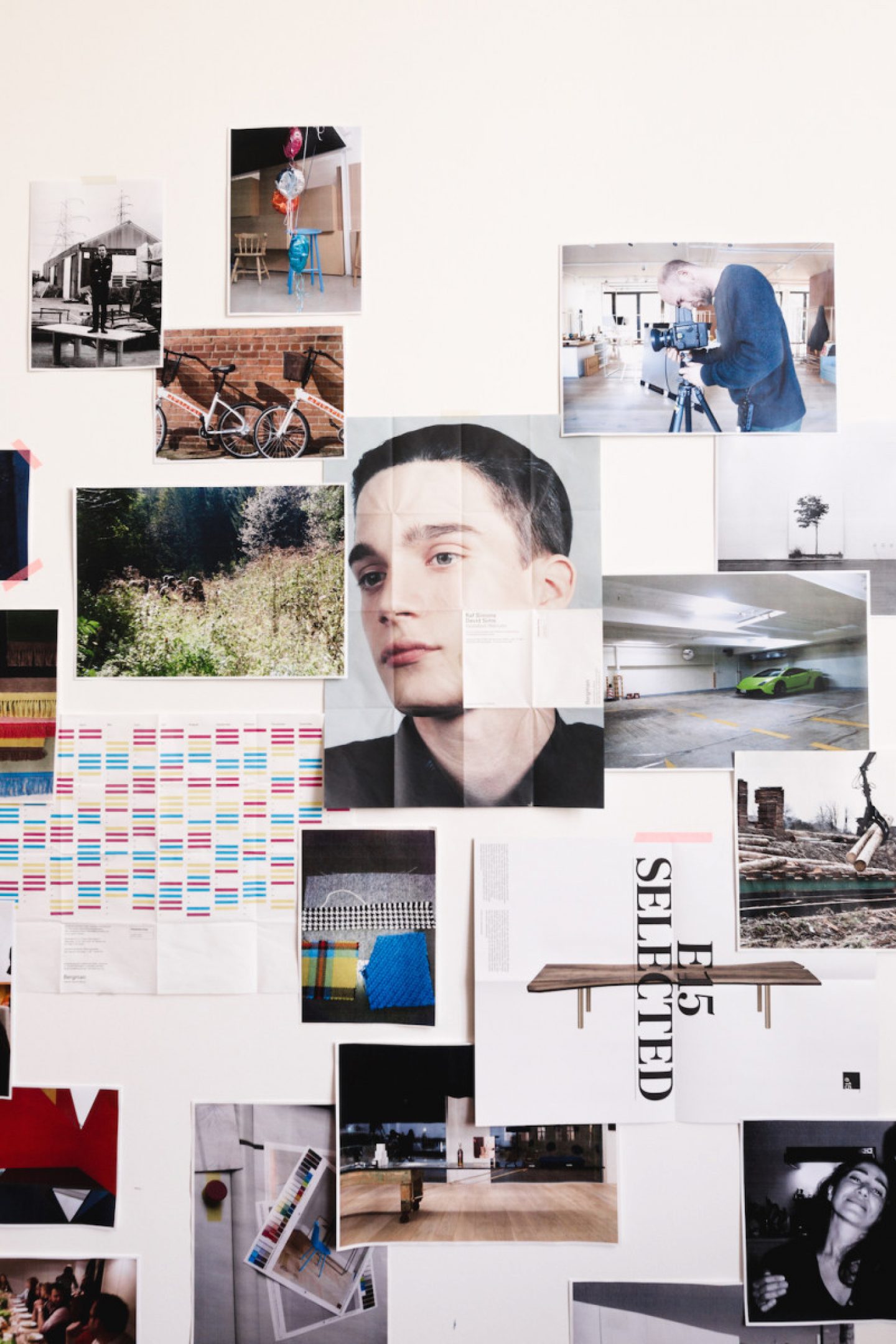
You’re not only doing furniture, you also work as architects. Which part is more important? Which is more profitable?
“We are much slower, more careful, we build up the products to be timeless, so they stick with us for a long time.”PM: Both. And they are both difficult types of businesses. But we decided to work in this segment of the market and we decided to deliver premium quality mostly made in Germany. Also when it comes to our architecture projects: What is most important is that the quality is right, we rather do something again and look at it in more detail than looking at the hours trying to make a project profitable.
Your design credo is: Don’t be too trendy by all means. Why is being trendy so dangerous?
PM: We build up this collection very slowly, we edit it. The big companies sometimes throw out their last collection and do a completely new one. We are much slower, more careful, we build up the products to be timeless, so they stick with us for a long time. By nature this is less fashionable than some trendsetting pieces that are trendy one year, but no longer the next one.
Have you ever done a product that became too trendy at the end?
FE: It is innately not part of our sensibility to follow trends. It is almost like this sort of thing to look away from. We think a lot before we say or show something. Actually, Philipp thinks more than I do, sometimes I am more impulsive. It’s good to be fashionable but not into fashion.
PM: BIGFOOT™ was very trendy, especially at the time of its launch. But it has lasted for 20 years now. We developed the color ‘Tussy-Pink’, a very intense neon pink–that became very trendy, too. But with colors I think there is always this risk of lasting only one season.
FE: For me colors are colors, they are like notes. It is a question of how you play or mix them. Only the combination makes it a trendy or a classic tune–or even a completely new sound. It sounds a bit esoteric, but I like speaking through colors and materials. Some years ago, we mixed a very classic, conservative navy, that was not in interiors but in fashion, with neon pink. So it’s a bit about spinning things on their heads.
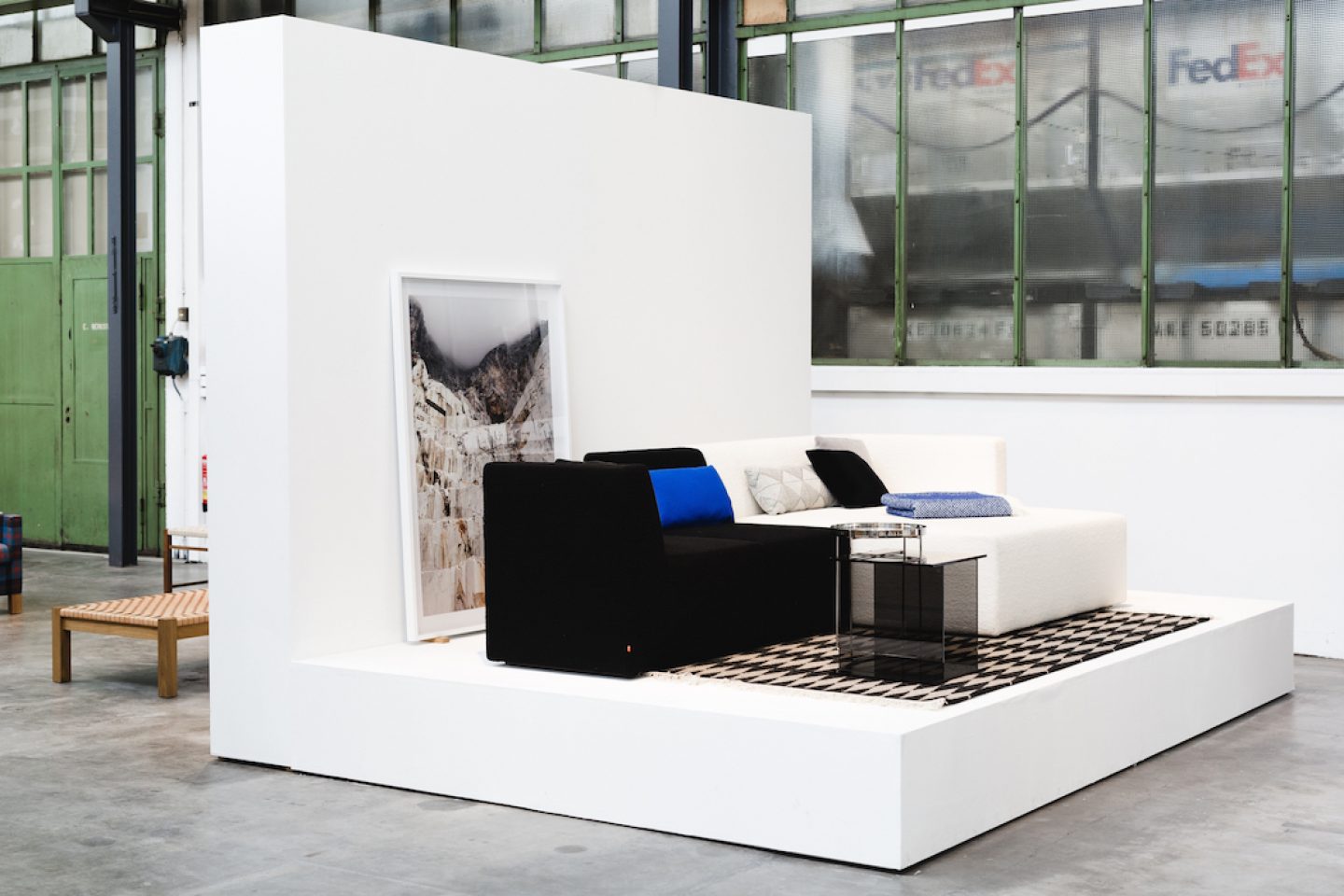
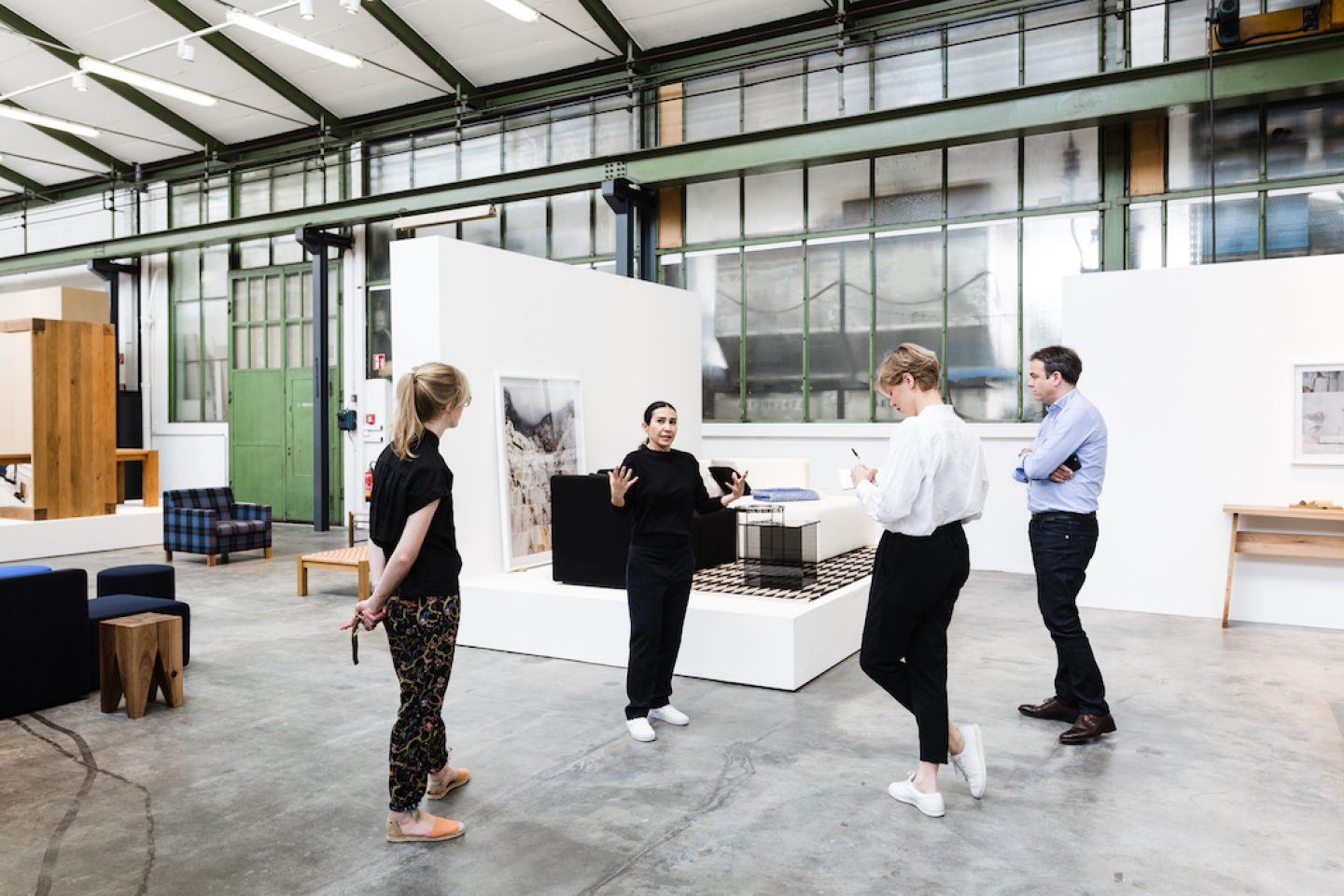
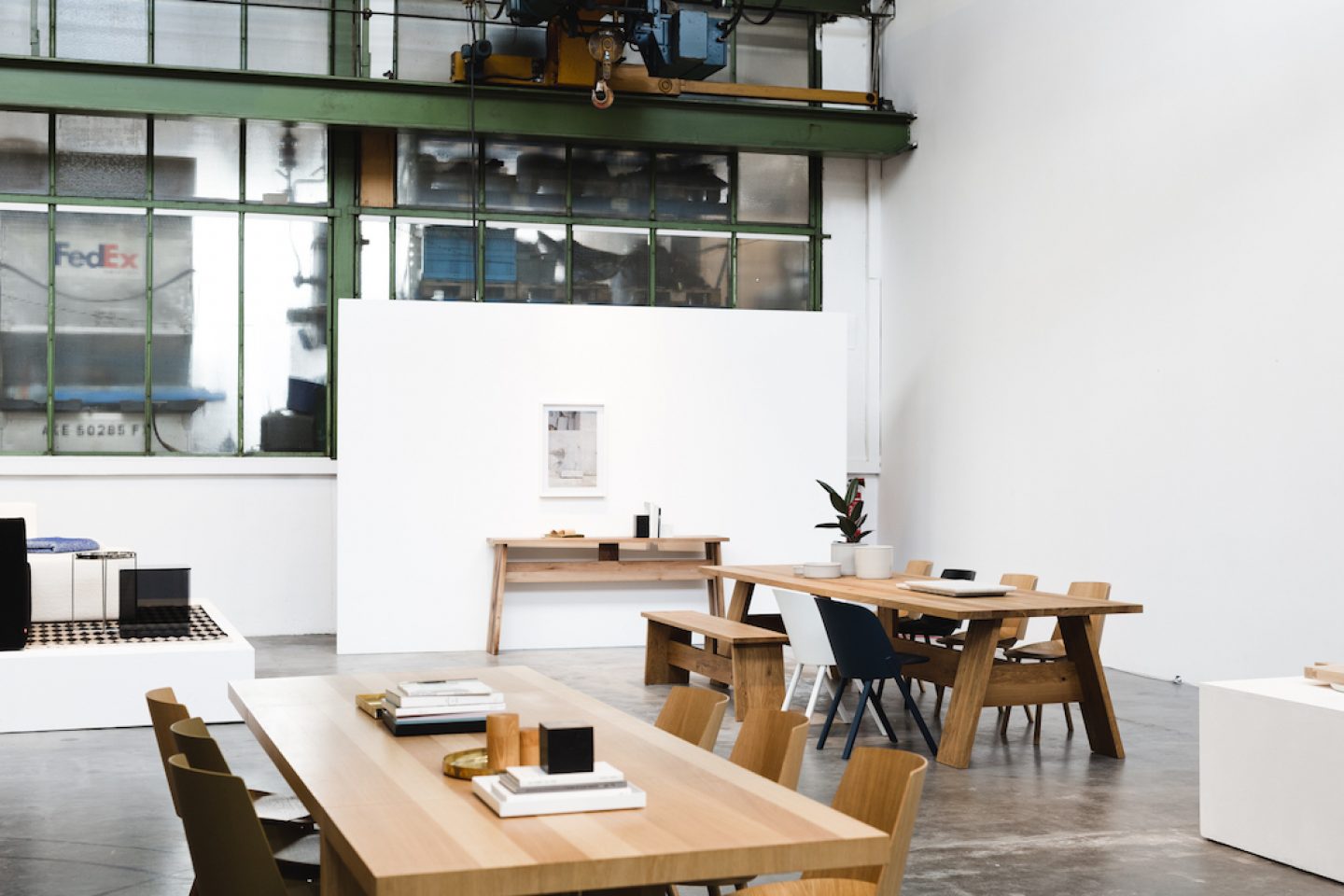
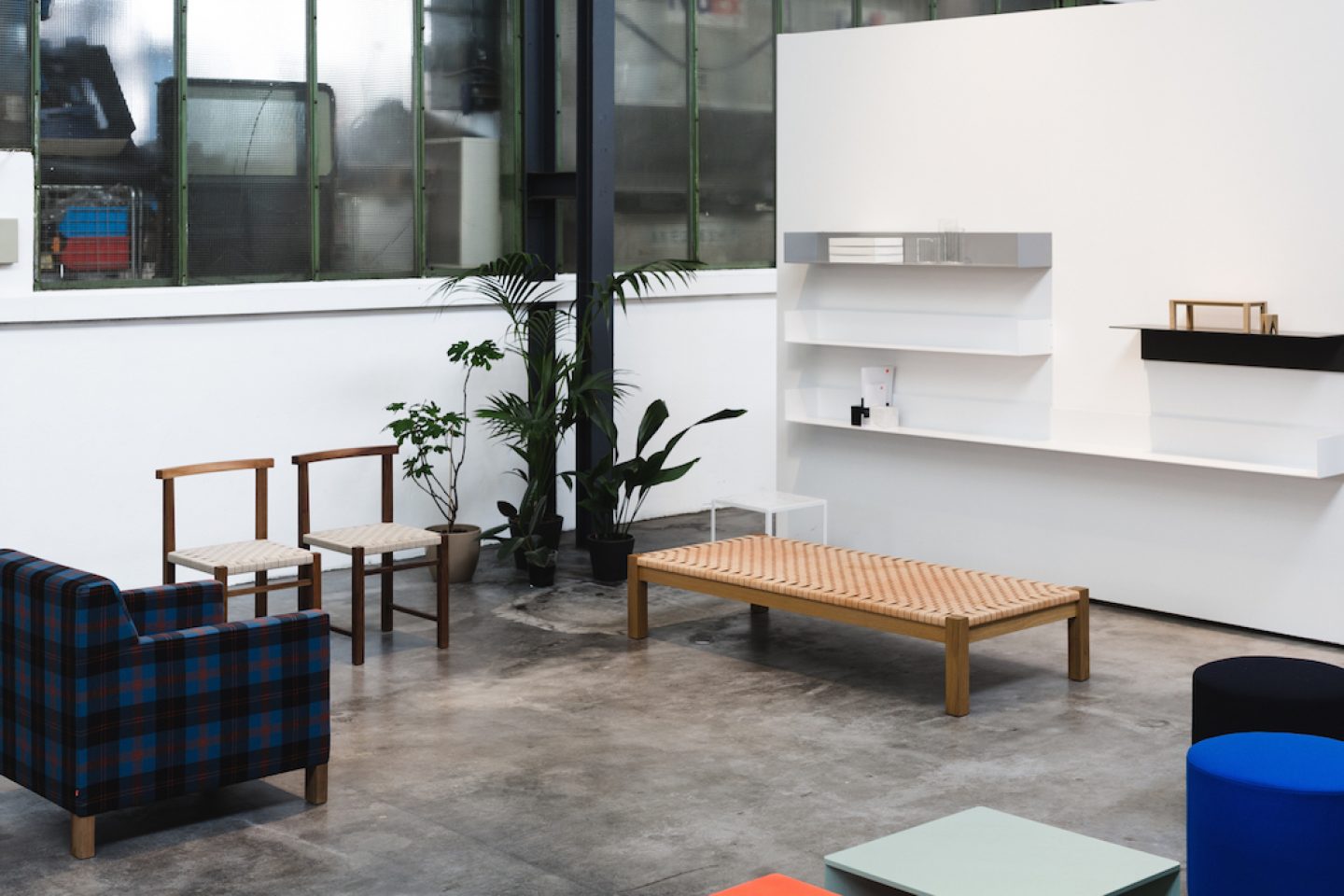
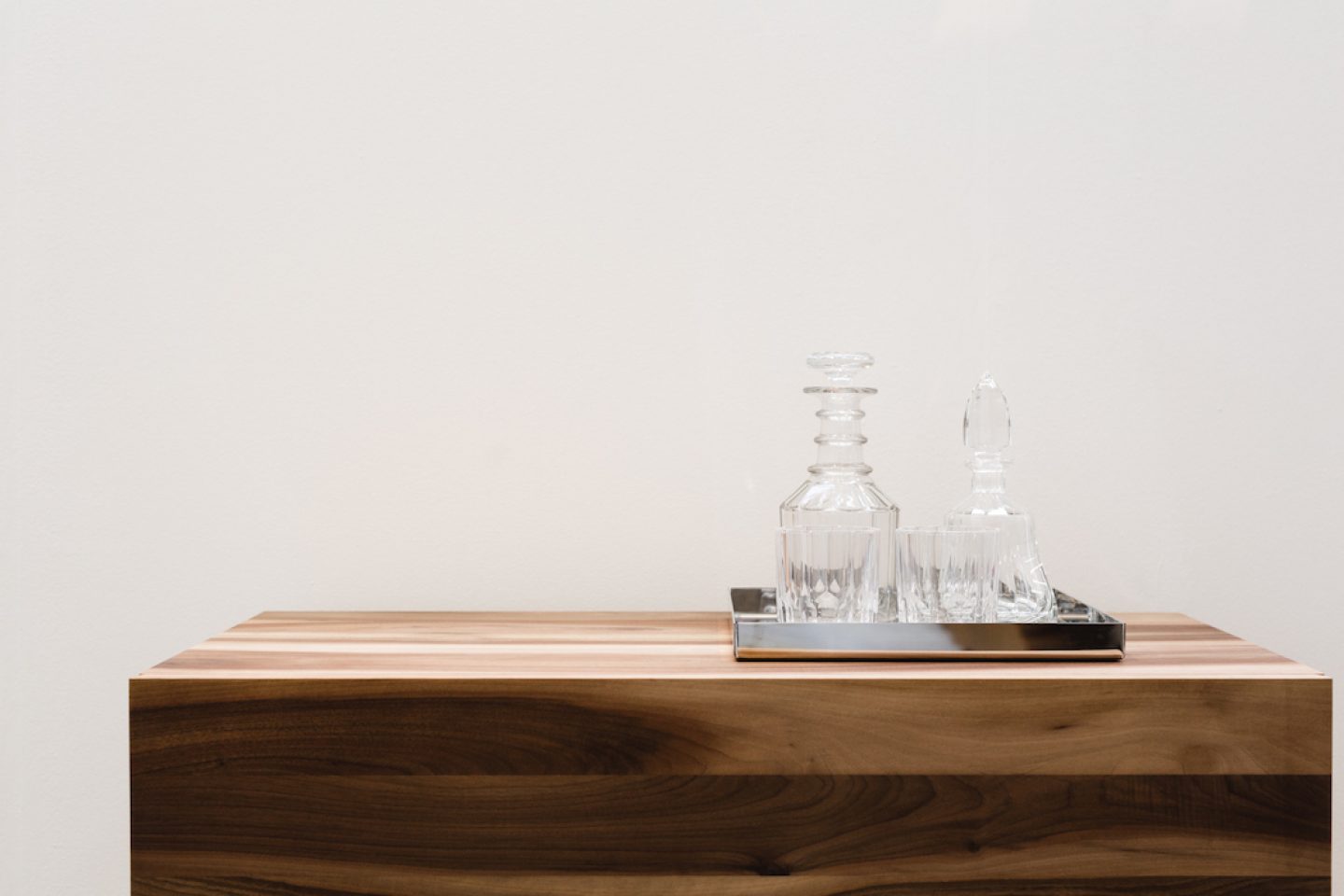
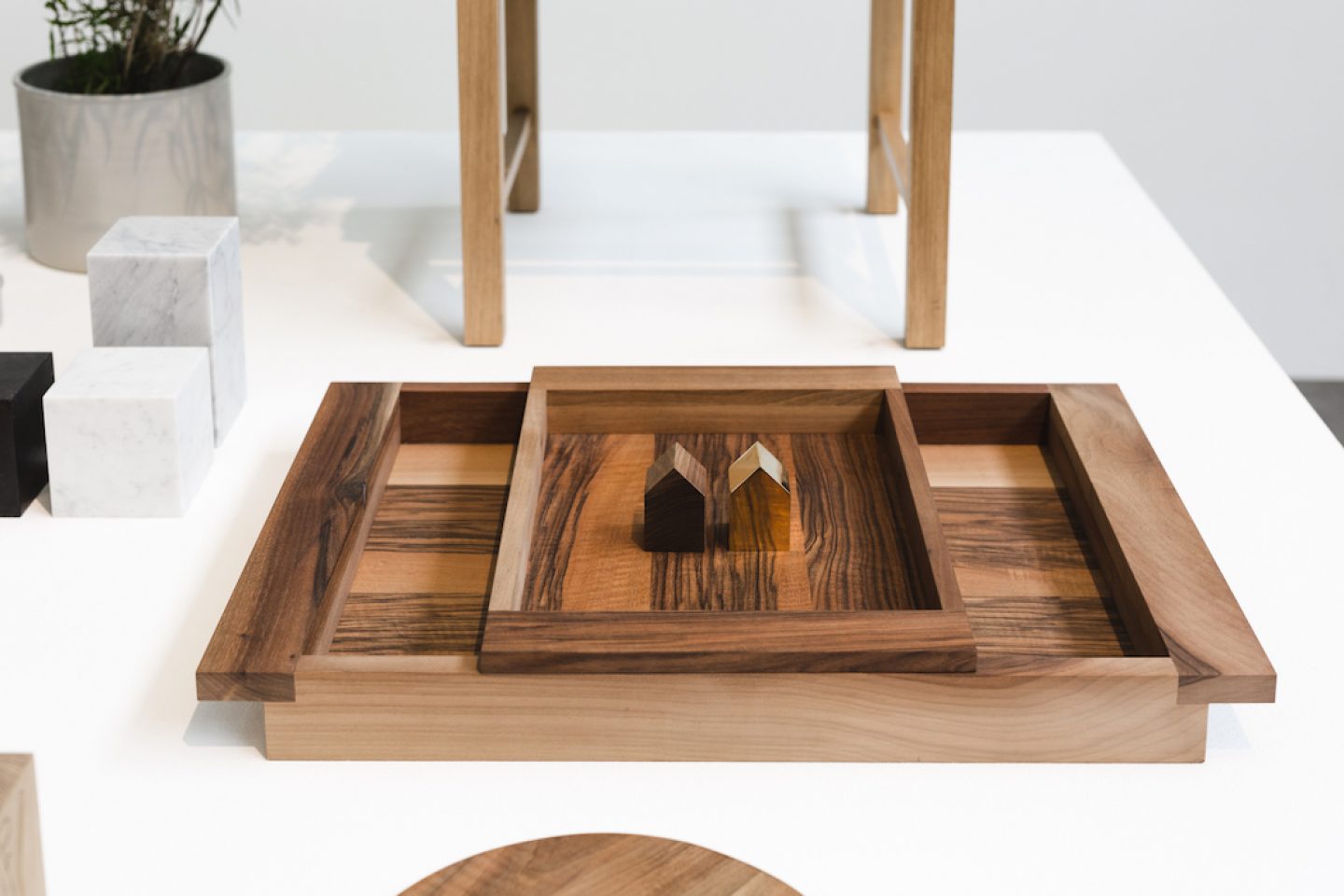
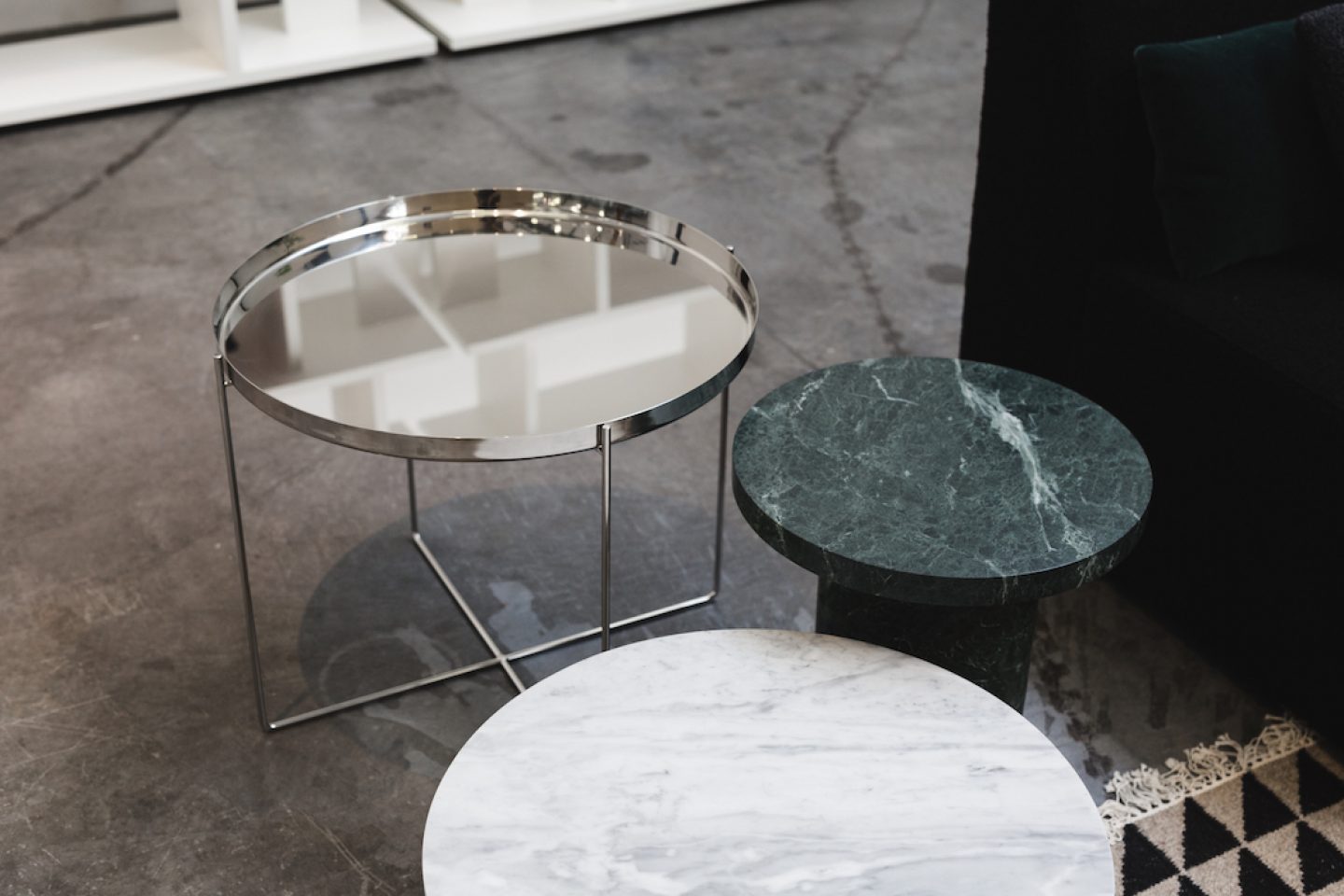
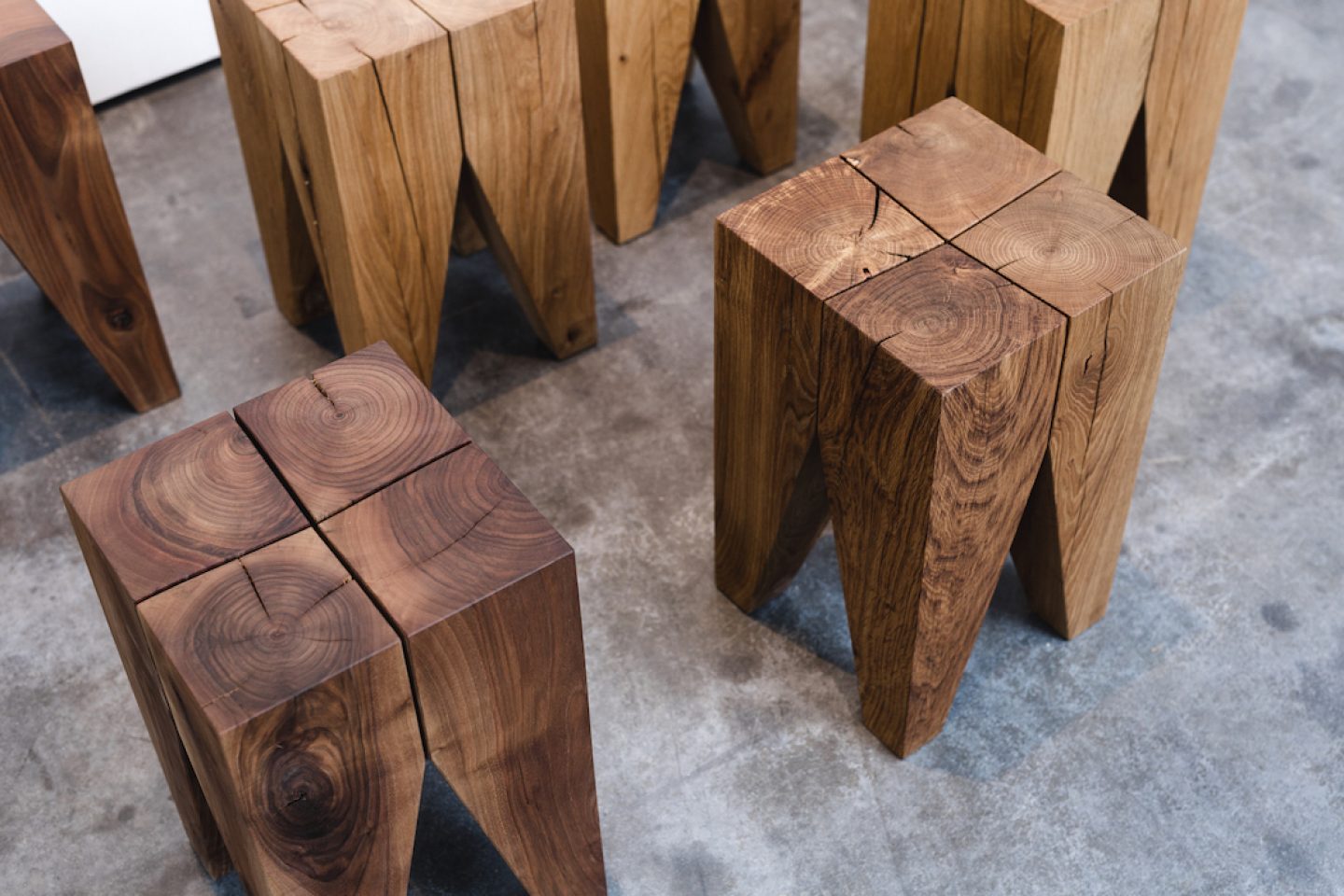
“We find common ground because we both appreciate simplicity, quality, humor and eclecticism in products.”Philipp, you say that your recipe for success was that you offered furniture which emanated a lot of warmth in a time when cool minimalism ruled design. You went for European oak when nobody wanted it. So is this in fact the path to success: staying away from the somewhat visible trends?
PM: Oh, no, that would take far too much energy and research and analysis. It is a gut feeling. We photograph our objects in a certain way, but once you isolate the different pieces, they are generic and timeless. Just by collaging them they create a look.
Philipp, you are a fan of designer Stefan Diez. He has developed the famous HOUDINI chair for e15. You appreciate that he “looks beyond his own nose, a quality not too many people have”. What does that mean – and why is it so difficult?
PM: Stefan Diez is great, because he first looks at the brand, the people, the facilities, the collection, the resources. And only then based on that research he develops a piece that also has a signature. That’s a very technical approach. He delivers a thought through constructed product.
You are a couple, you have kids, and you are also working very closely together – how do your design philosophies differ?
FE: We have distinct but similar interests. I am always curious to understand why Philipp likes a certain thing. We approach things from our own perspectives but we find common ground because we both appreciate simplicity, quality, humor and eclecticism in products. What also binds us is that we like logic.
Can you give us an example?
FE: When we introduced patterns to the e15 collection 10 years ago, I chose tartans. At the time, the bright and vibrant patterns with a punk edge were very unusual in furniture. But we also saw them from another perspective. Tartans are historic patterns based on mathematical grids. They have a meaning; there is logic behind them.
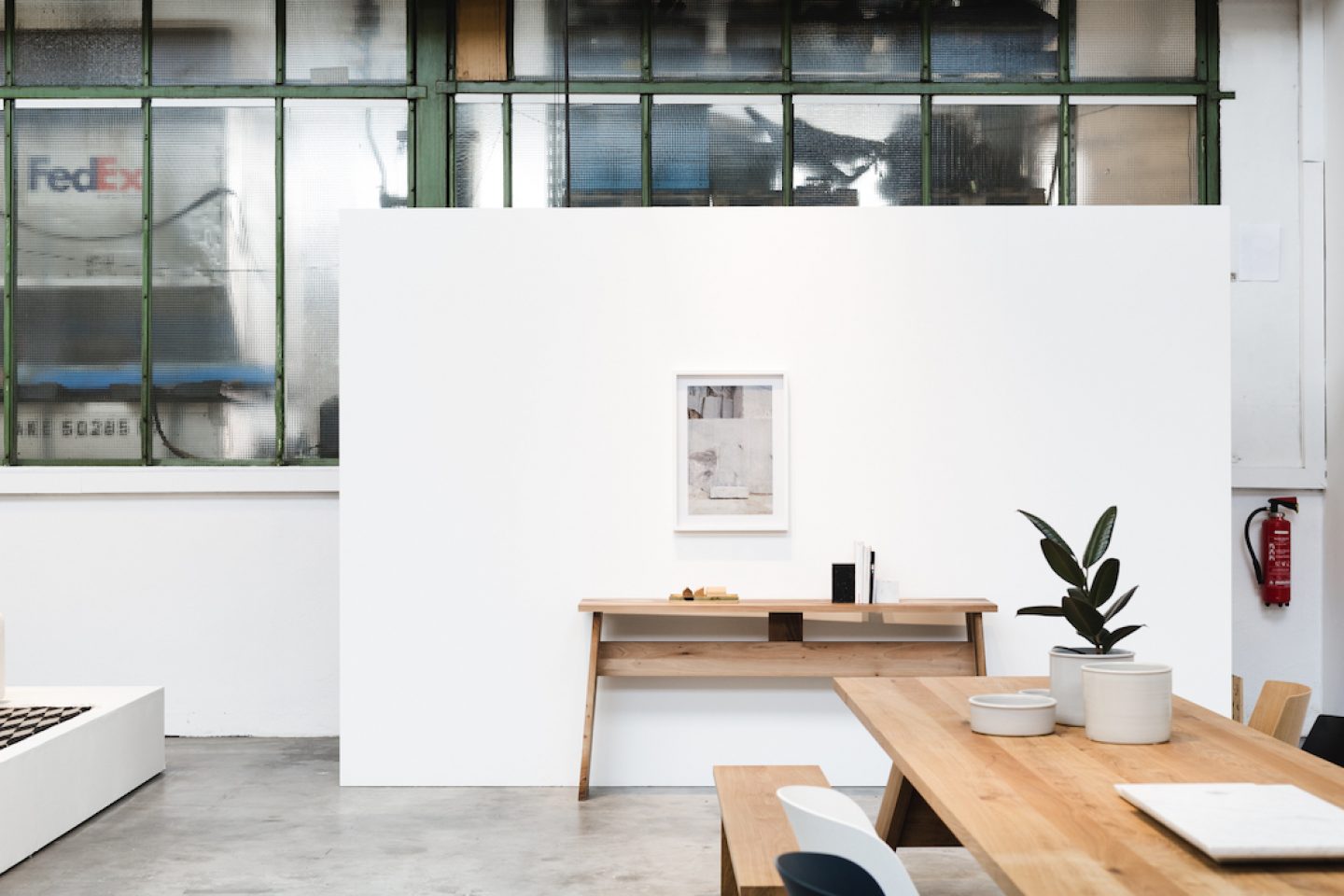
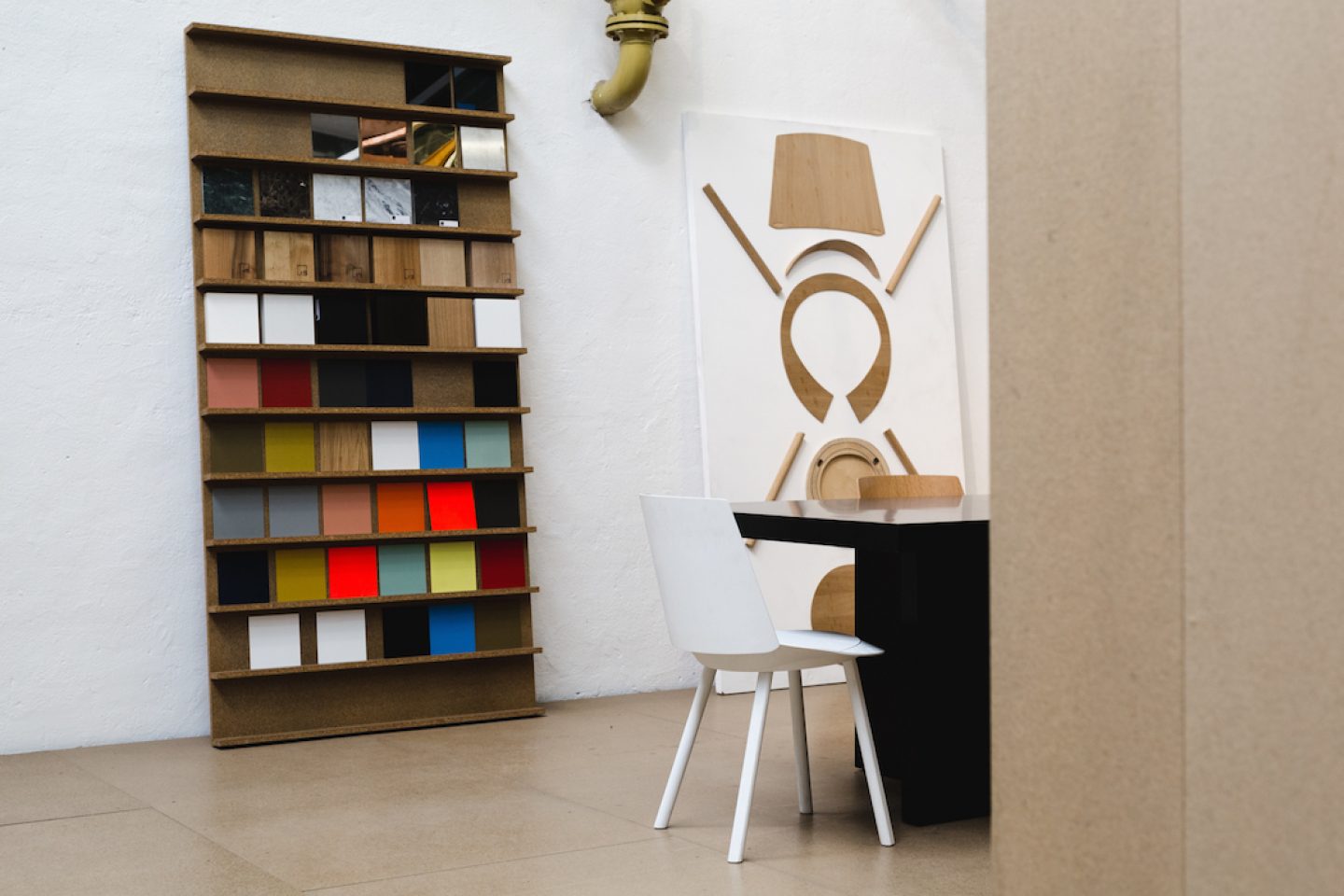
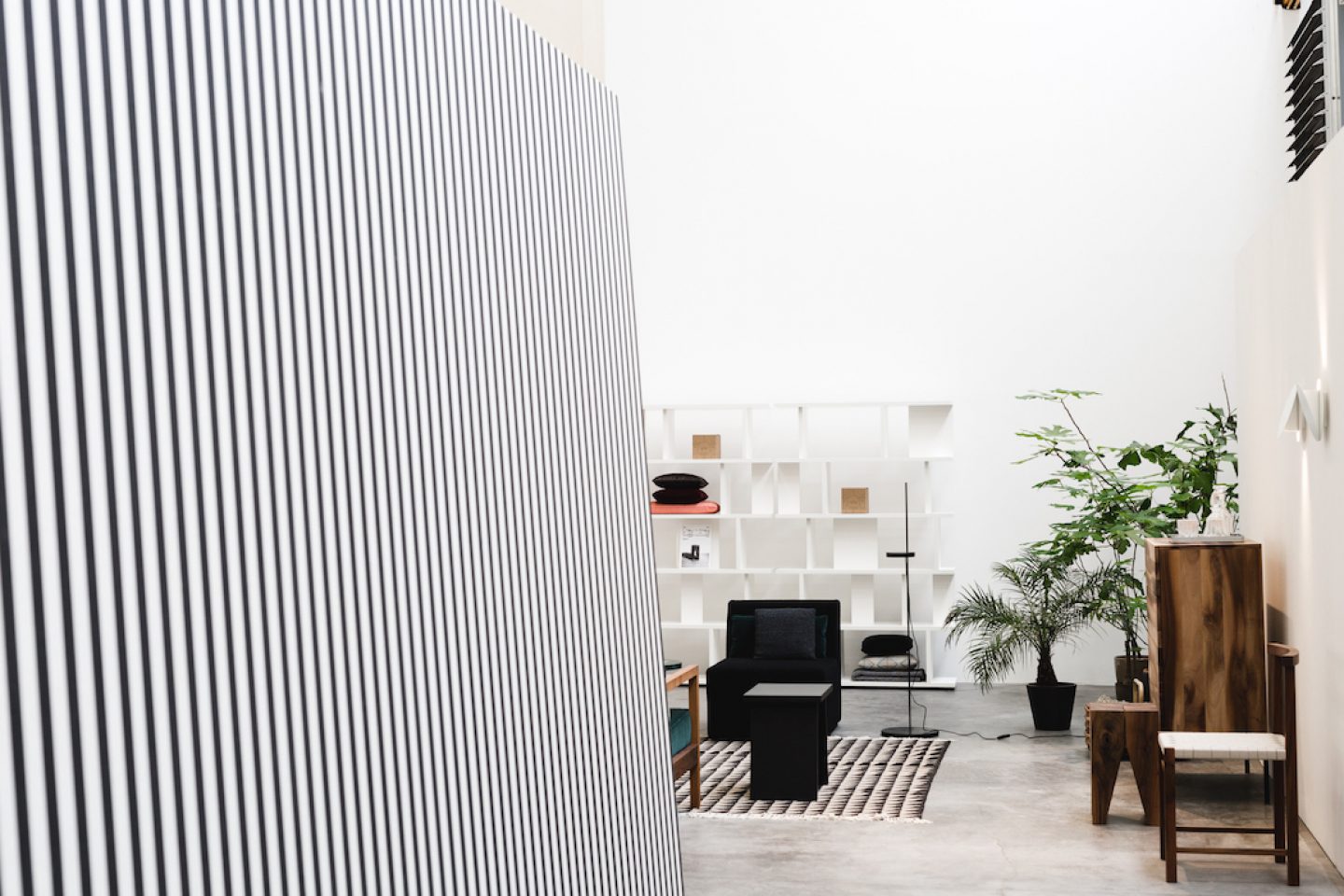
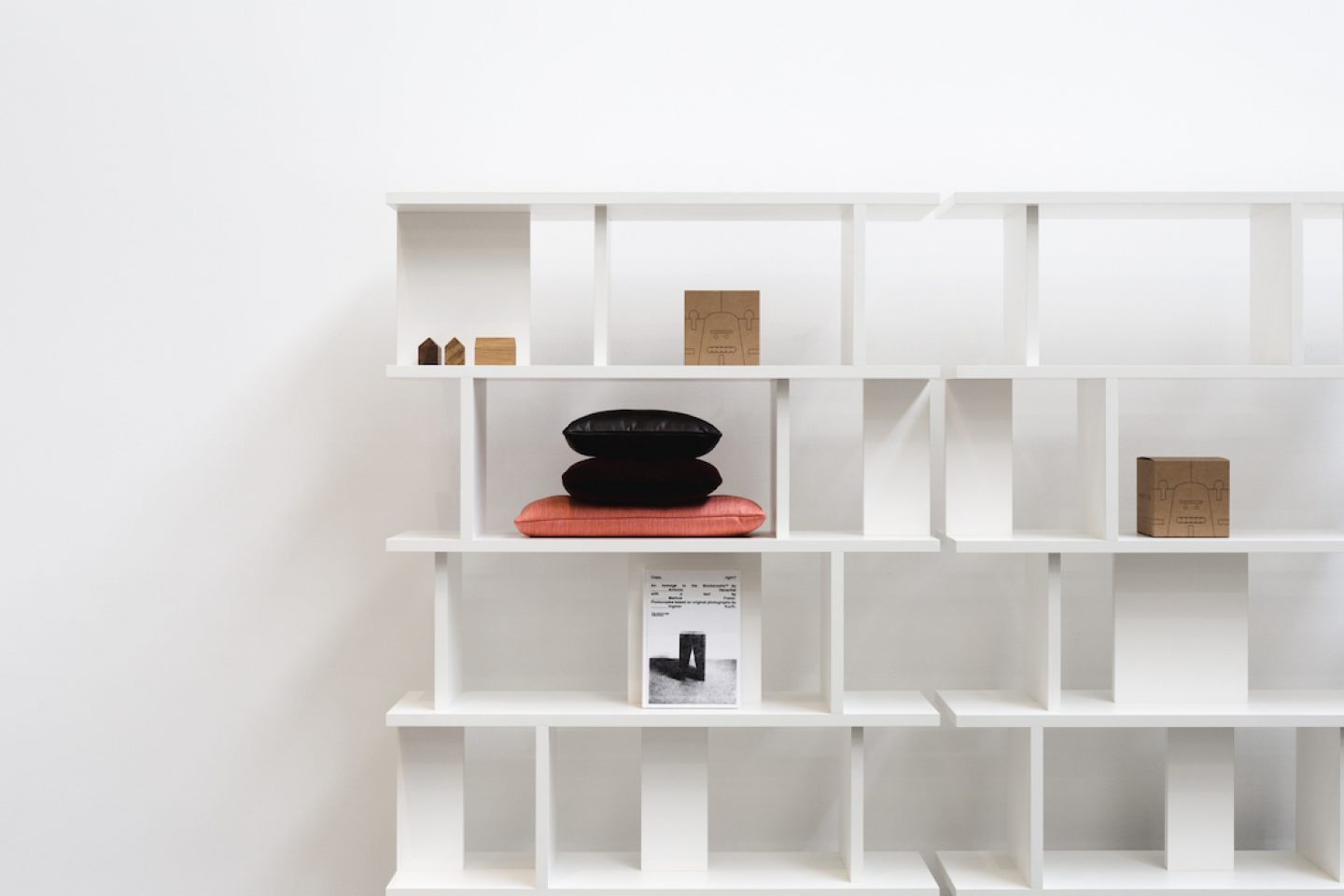
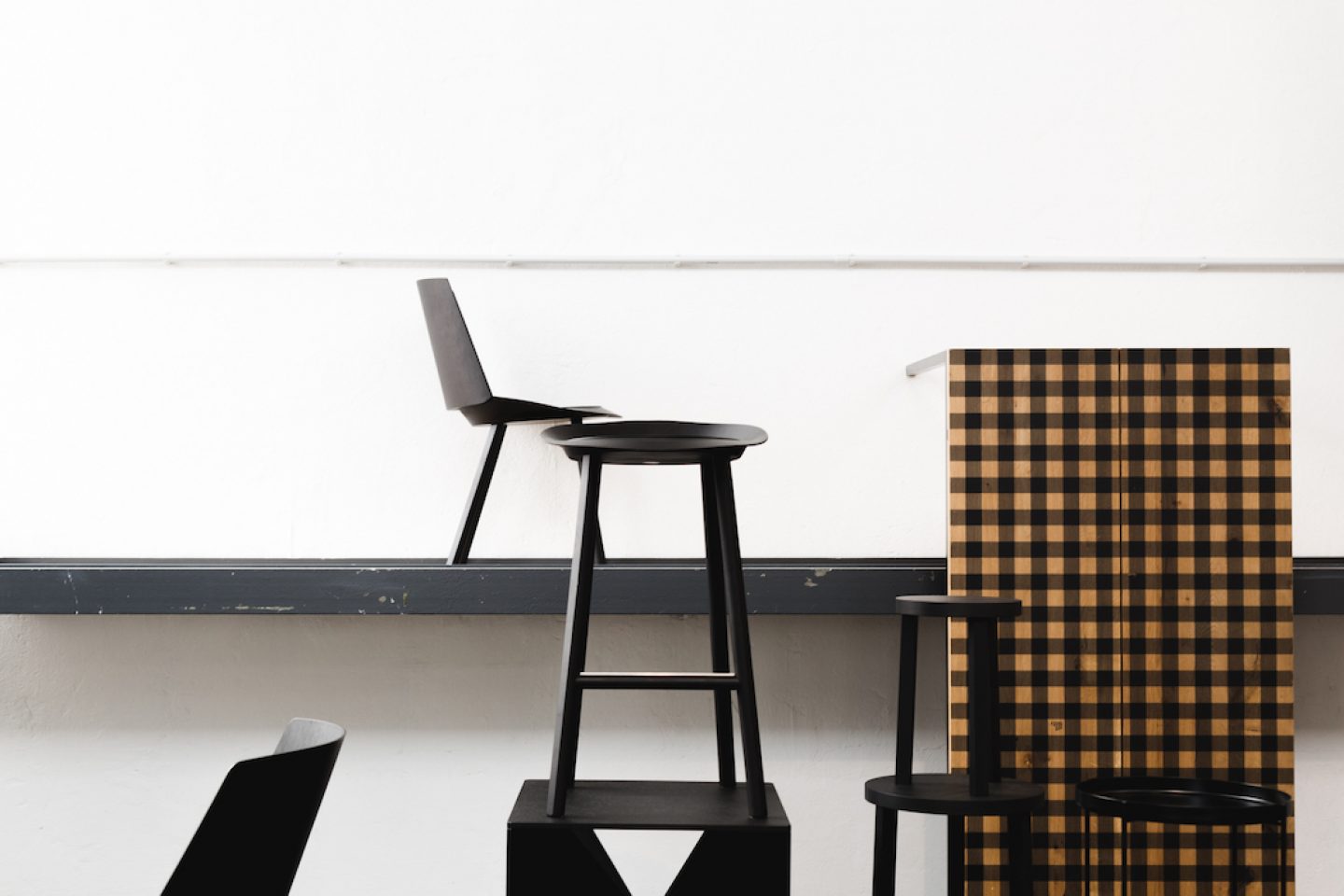
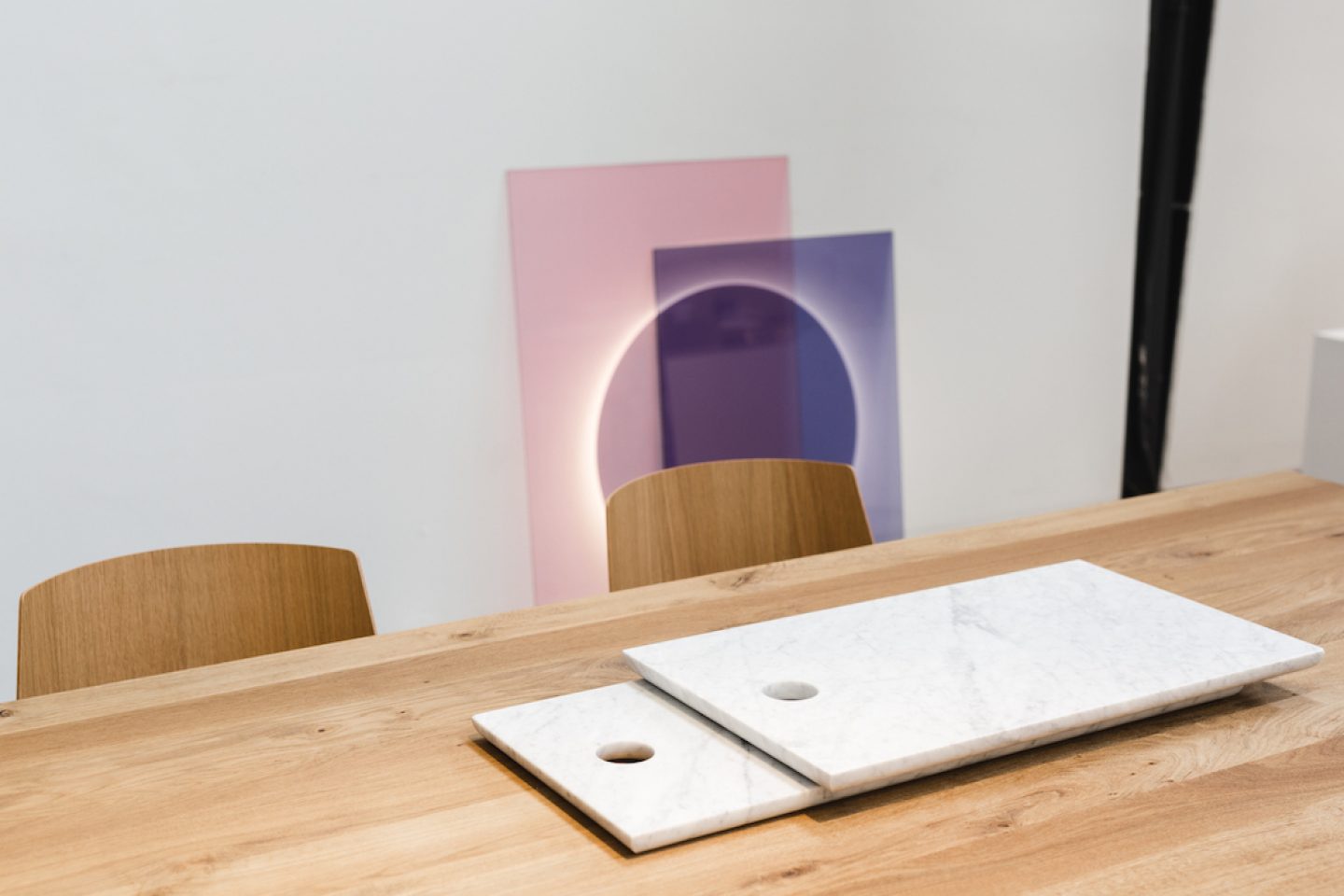
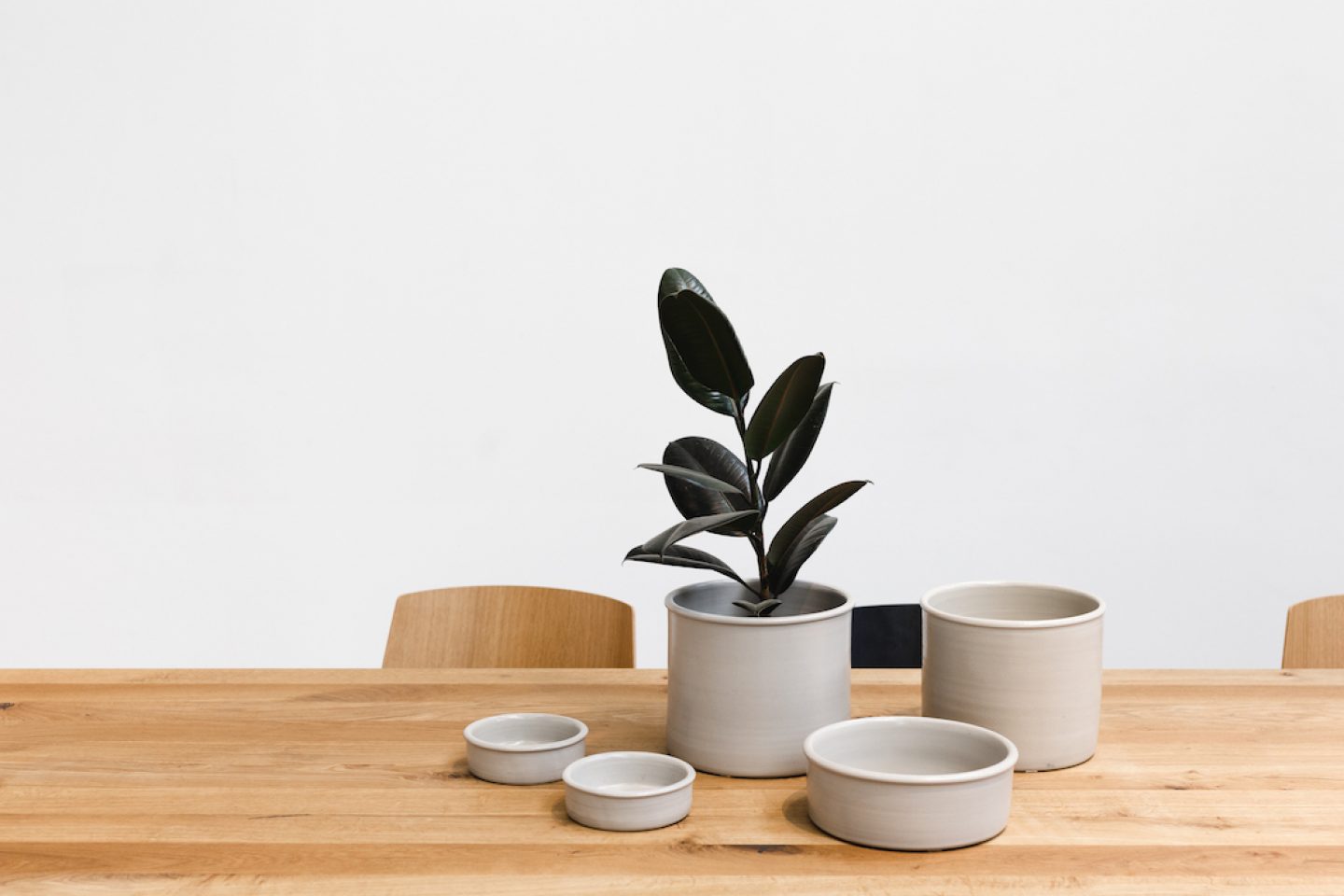
Speaking of you working together as a couple – tell us: How did you fall in love?
FE: Oh! Well, long story short: I was moving to New York from LA, he was moving to New York from Germany. We were introduced and it was love at first sight.
After meeting each other and living together in New York you moved to Frankfurt, Germany. What a contrast!
PM: I was not intending to come back from New York, but at some stage I had to. E15 was growing. My former partner Florian Asche and I had moved the company from London to Germany as we couldn’t find the proper set up in Great Britain with subcontracted manufacturing and logistics. Everything had to pass go through the Channel, it didn’t make sense. So my partner would run the business from Frankfurt and I was designing from New York. I would just come to fairs, designing the fair stands, doing the sales in the US, while working as an architect. At some point it all became too much.
Both of you are well travelled: born in Iran, then Los Angeles, New York, London – and now: Frankfurt. Why Frankfurt of all places?
FE: It is as a friend said: Somebody has to live in Frankfurt – we can’t all live in Berlin.
An Anti-Berlin statement?
“It is as a friend said: Somebody has to live in Frankfurt – we can’t all live in Berlin.”PM: We love Berlin. Three years ago, before we moved here to this fantastic building in the Northeast of Frankfurt, we were thinking if we should move to Berlin. By that time we had such a good set up with staff, logistics, suppliers. Frankfurt is really in the middle, all the workshops are here. We work a lot with companies surrounding us. It has a lot of advantages, for business this place here is very good. The city also has great museums and an art scene that is comparable to Berlin.
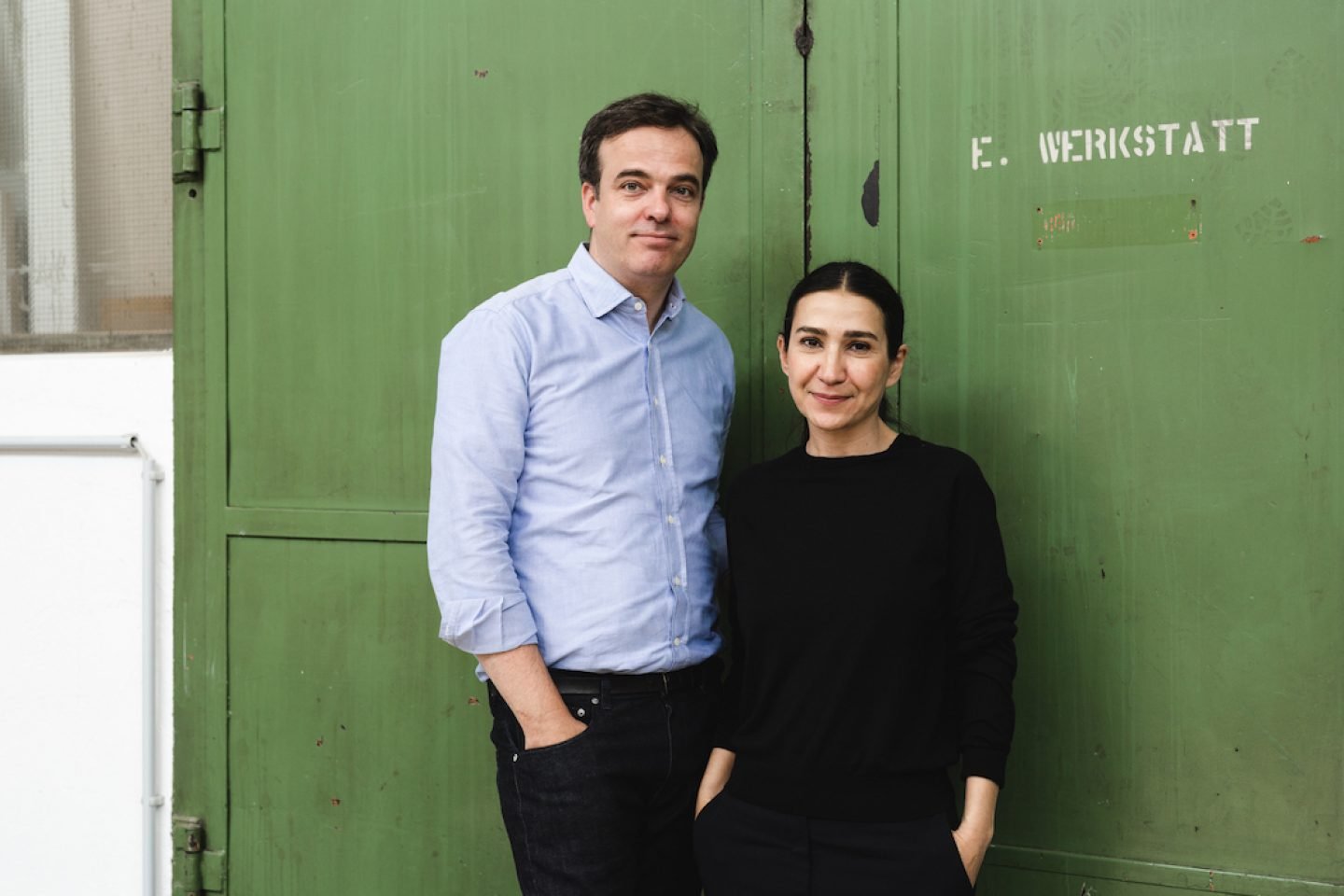
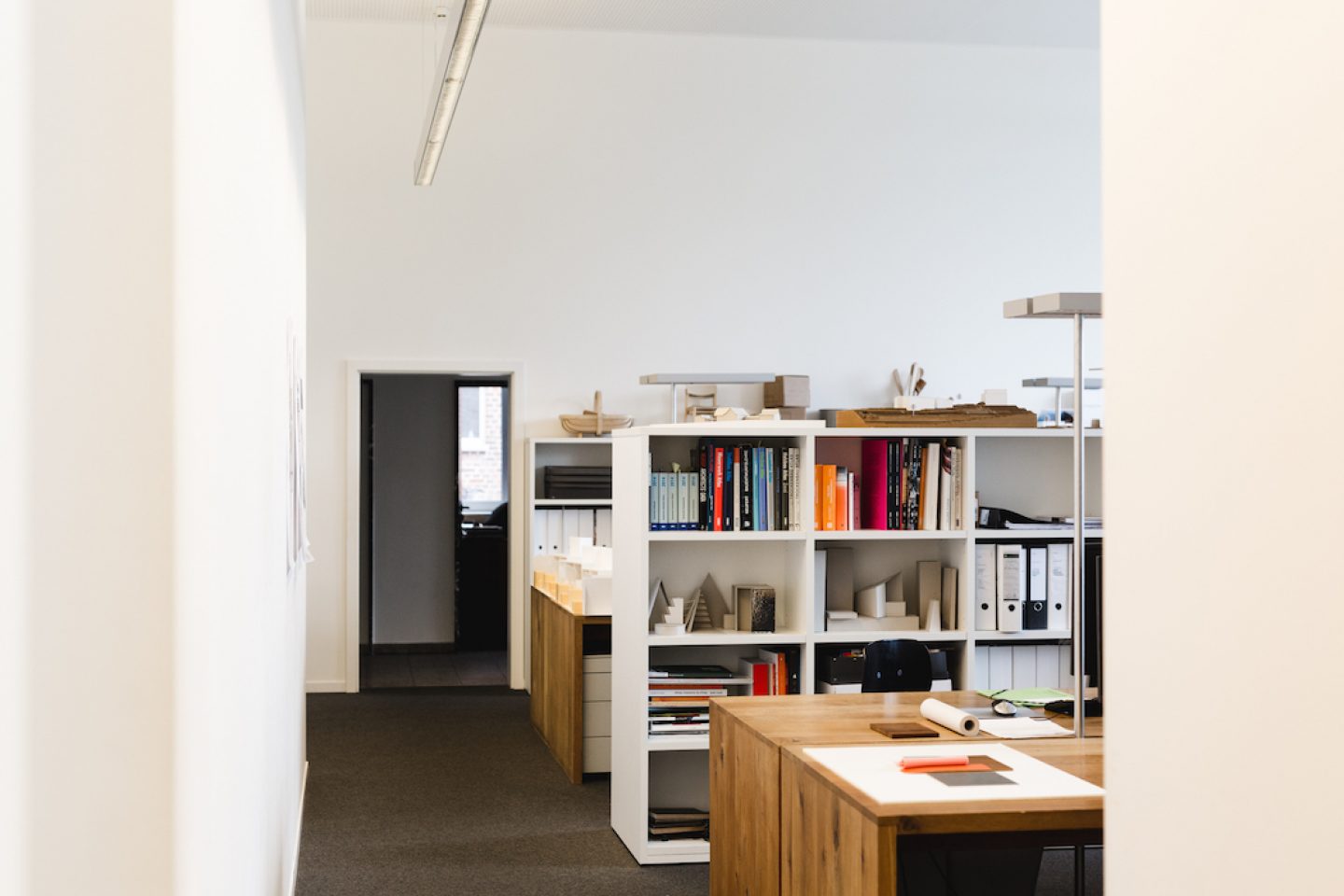
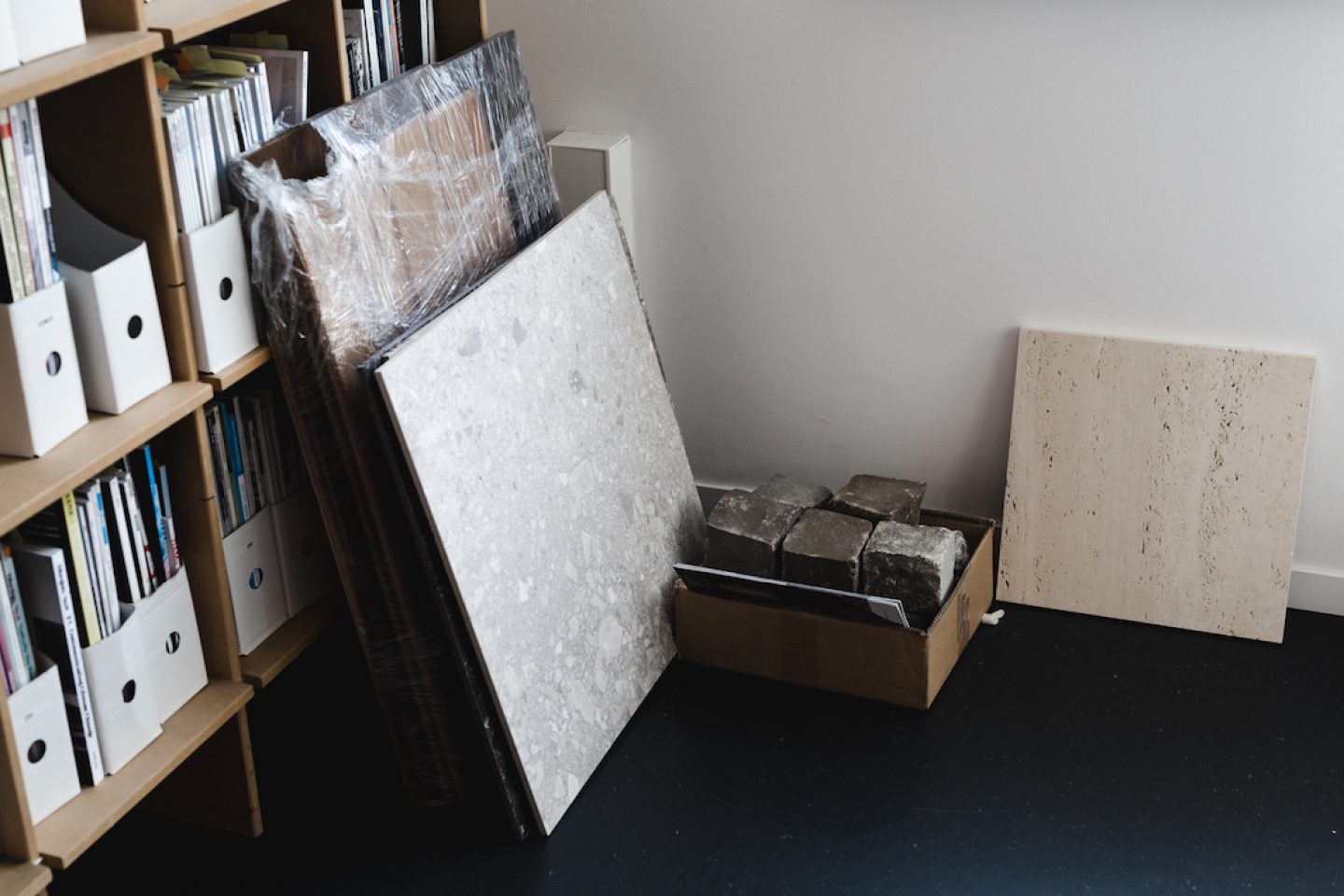
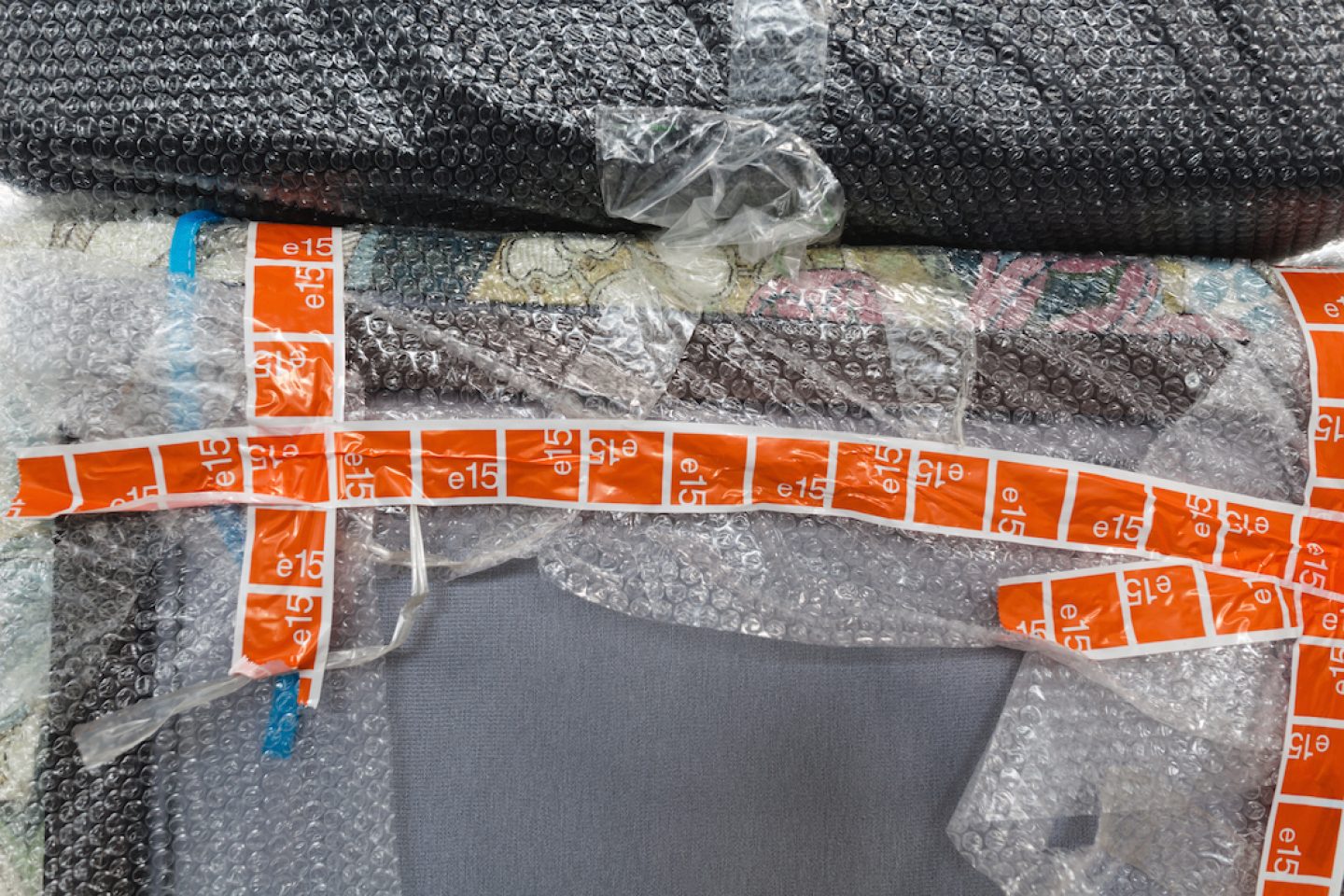
Philipp, you are a member of the executive committee of the German Design Council, you’ve been observing the German design scene for over two decades now: Where would you say does that scene stand today?
PM: I think it is underestimated. It is rational, it doesn’t scream out like others and sometimes brands want these screaming products, but the German approach is much more consistent. Looking at what’s happening in terms of new developments, Germany proves to be part of it.
Do you think Germans will become more visible?
PM: I think so. People are much more about the content and the story behind the product today. People are looking for that, especially when you are buying online, you need to differentiate. The story of the HOUDINI for example is amazing.
You asked Stefan Diez to design a chair that fits to the BIGFOOT™ table – so he thought: this angular and heavy table needs to be surrounded by something round and light. So he created HOUDINI.
PM: And once you can tell the story of this tailored chair with the person that came up with this thing it is very special. Looking at some brands, their story is superficial and really on the surface. If you start digging deeper, you don’t find anything! People are starting to appreciate e15 for what it is. It took them a while, but it’s happening.
"People are starting to appreciate e15 for what it is. It took them a while, but it’s happening."
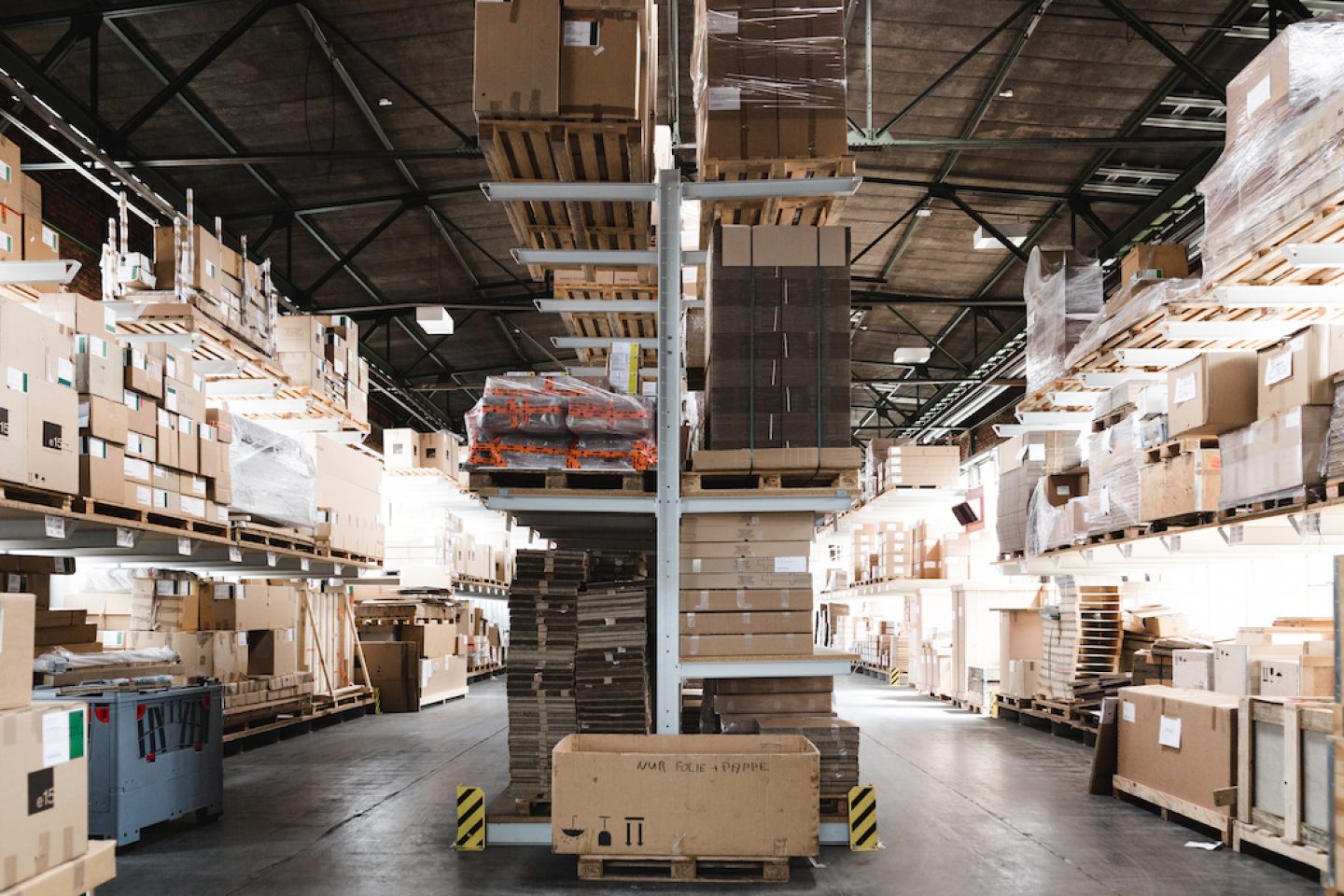
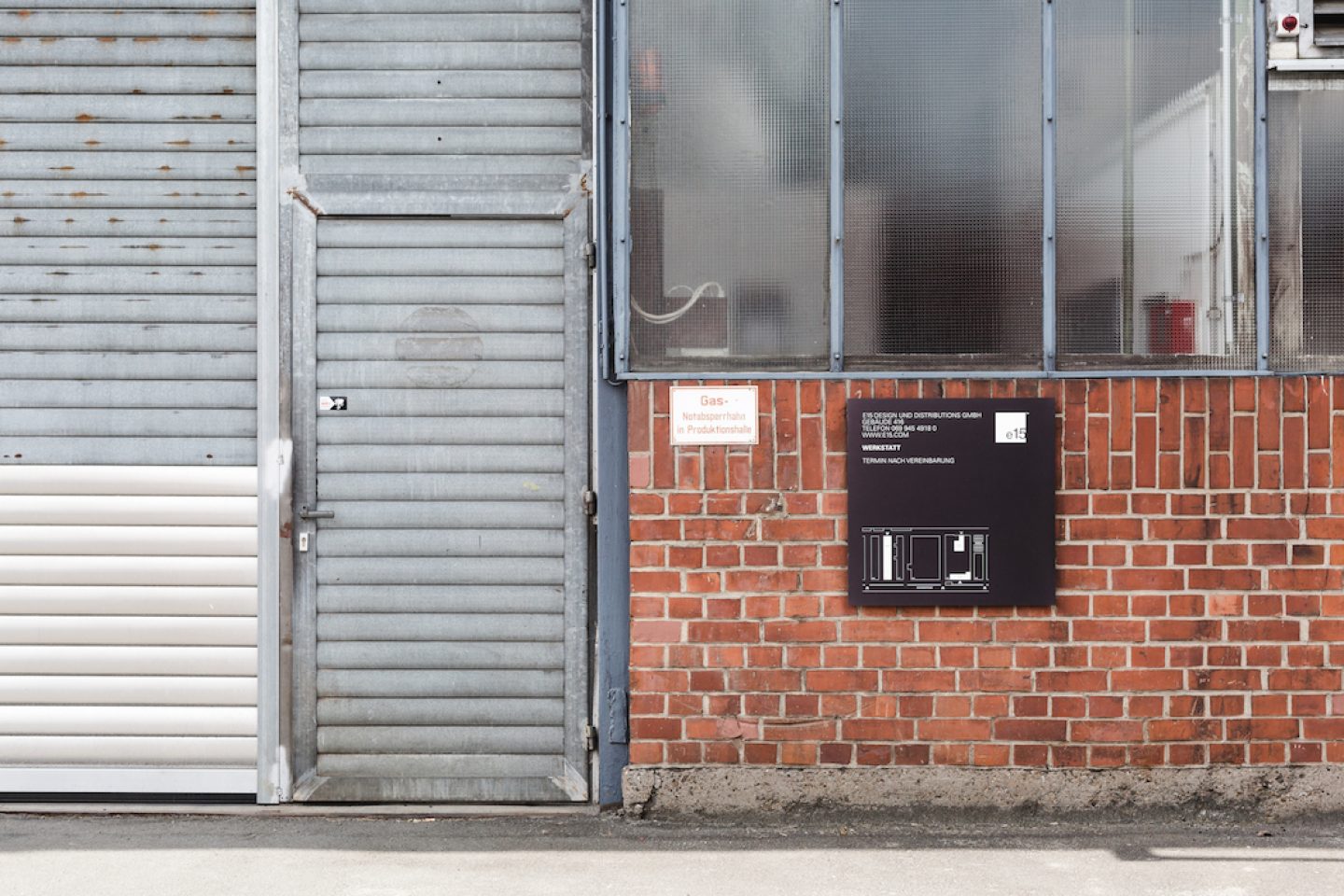
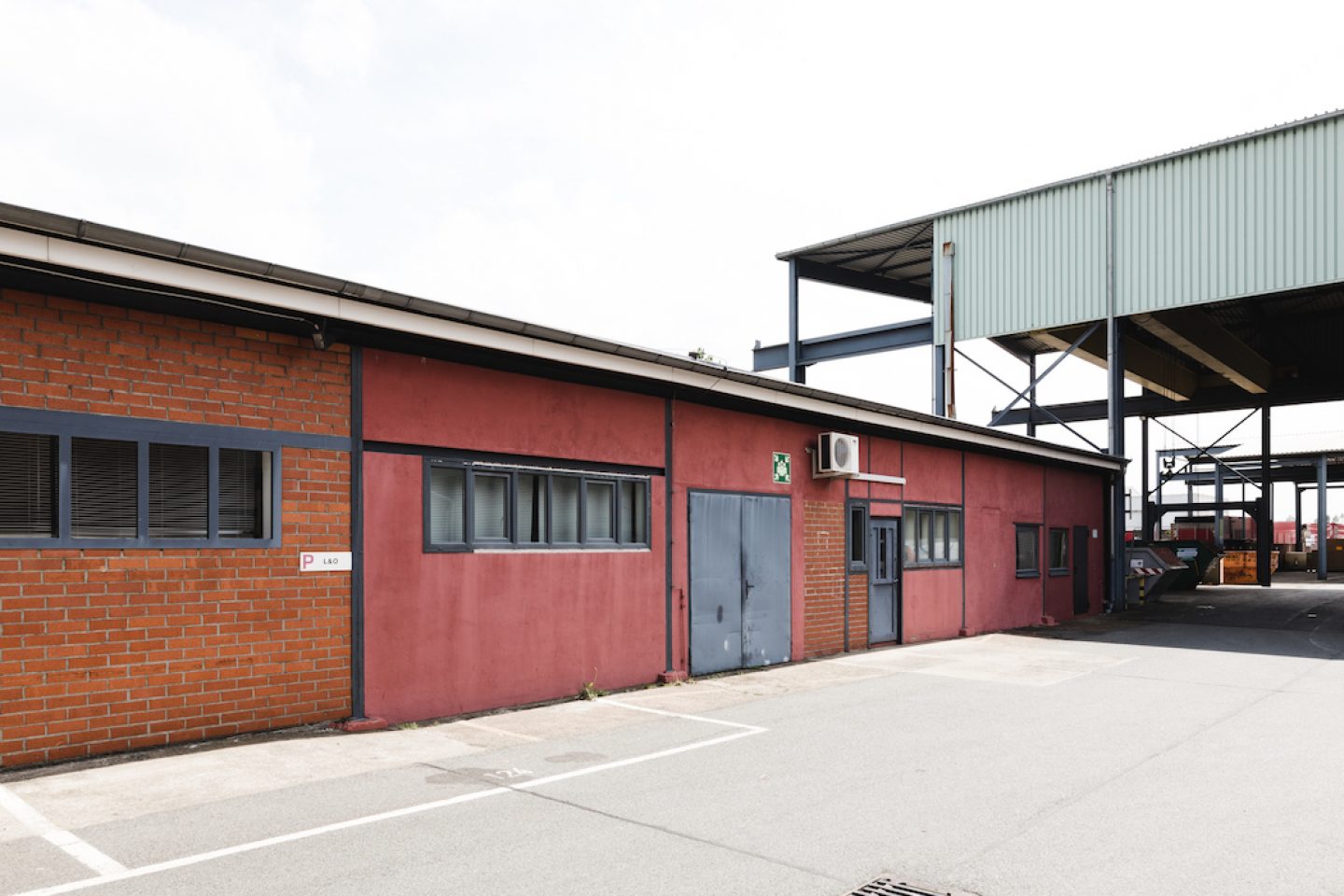
All images by Ana Santl. Interview by Franziska Klün, edited by Anna Dorothea Ker.
